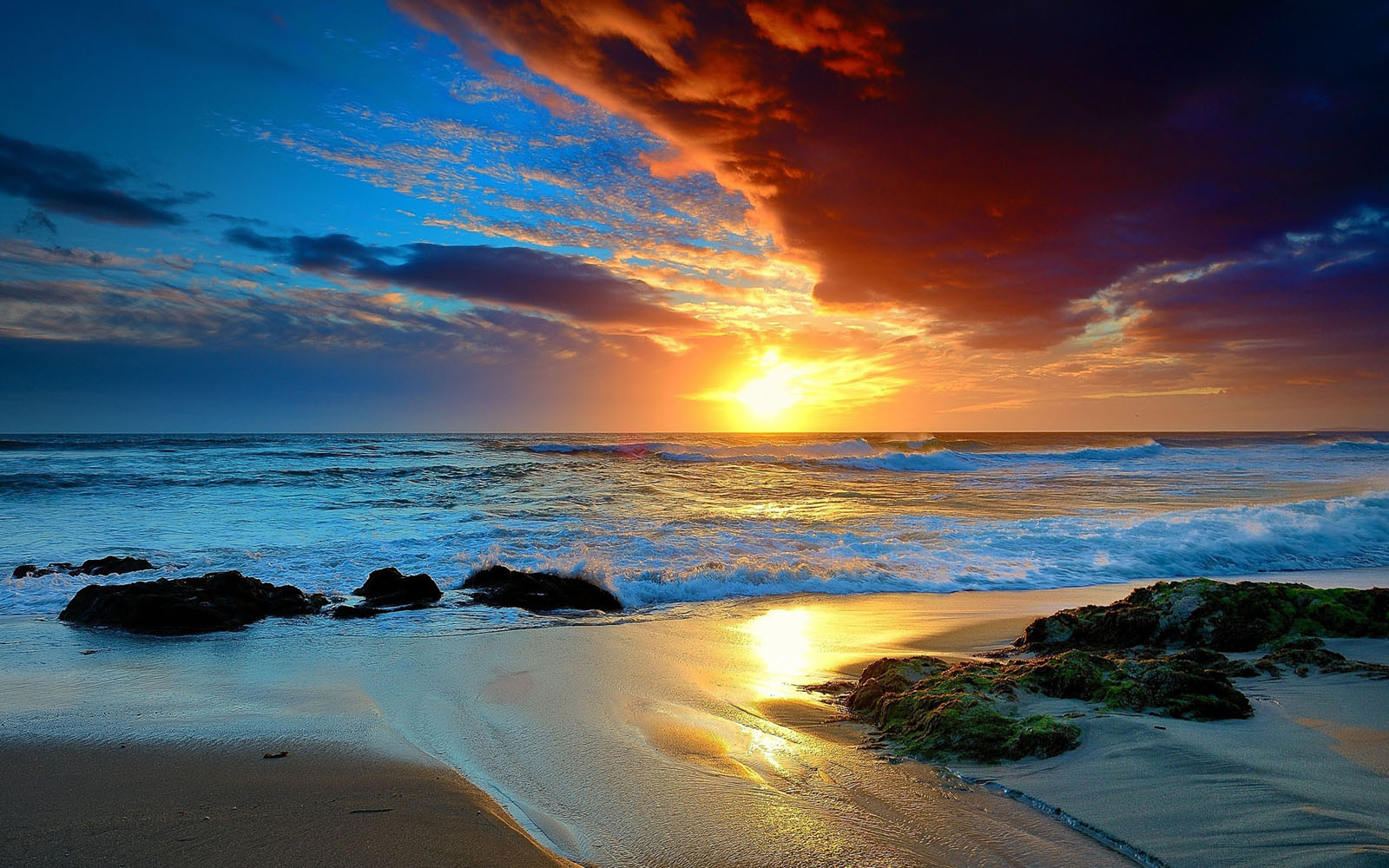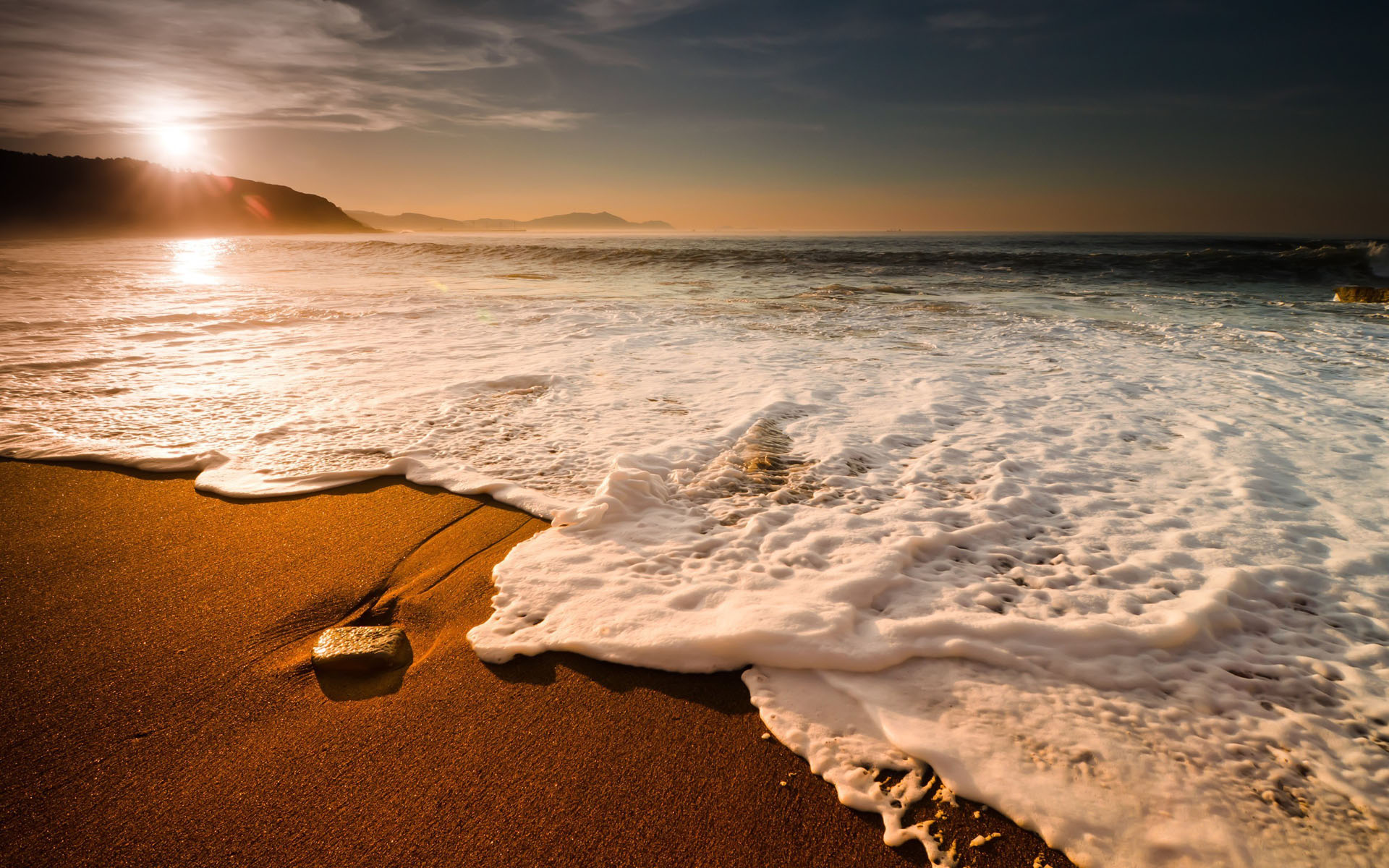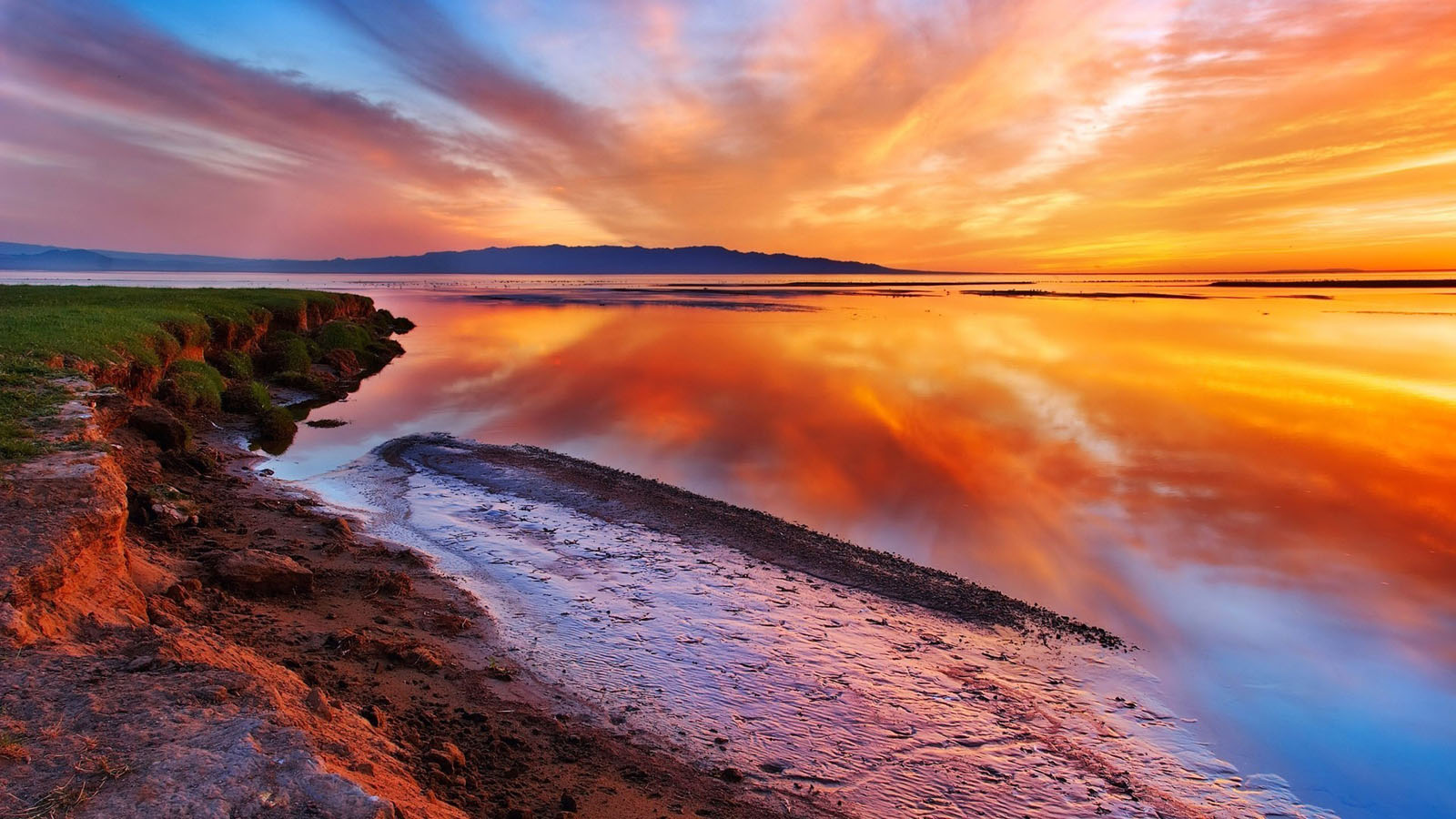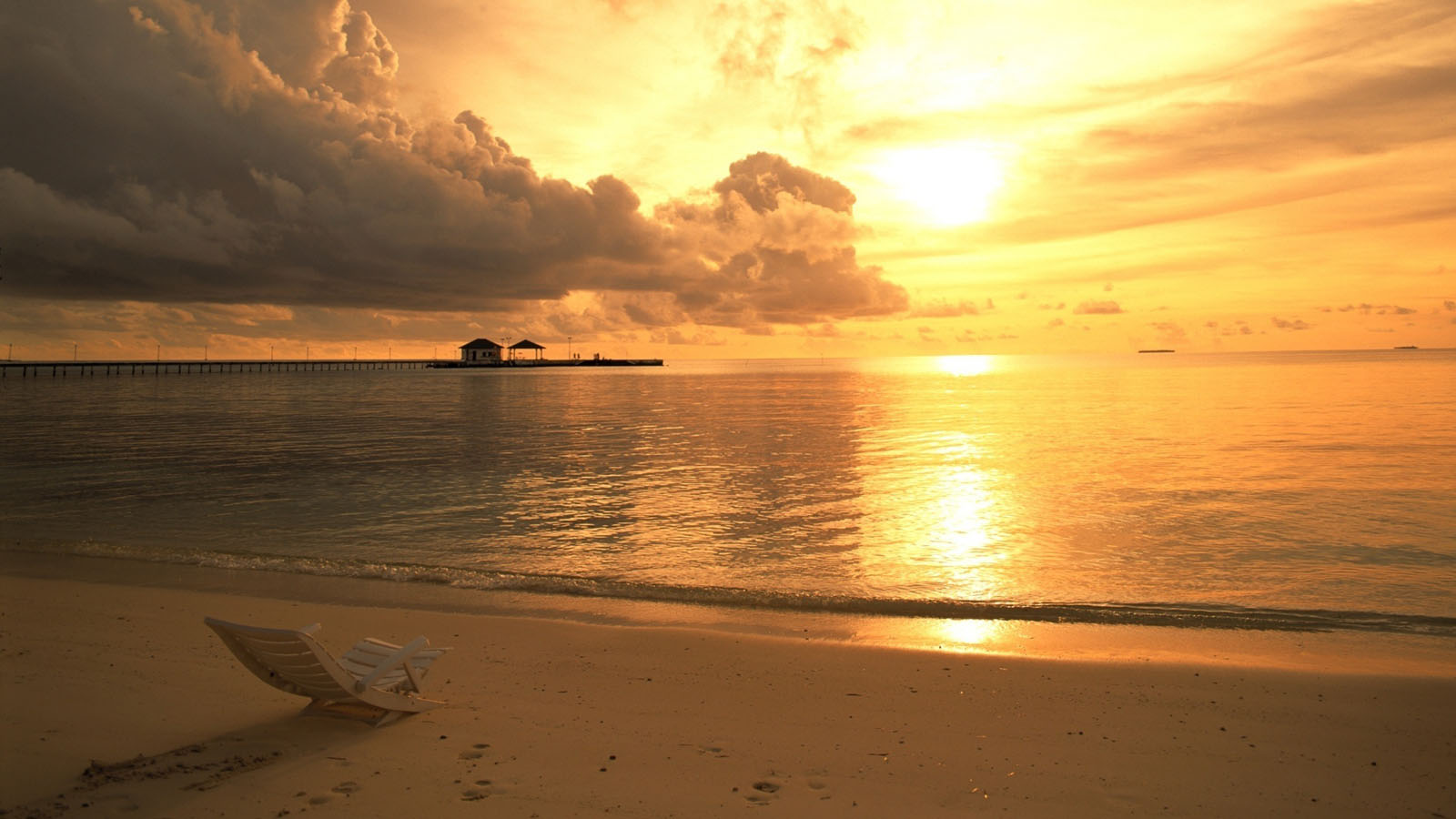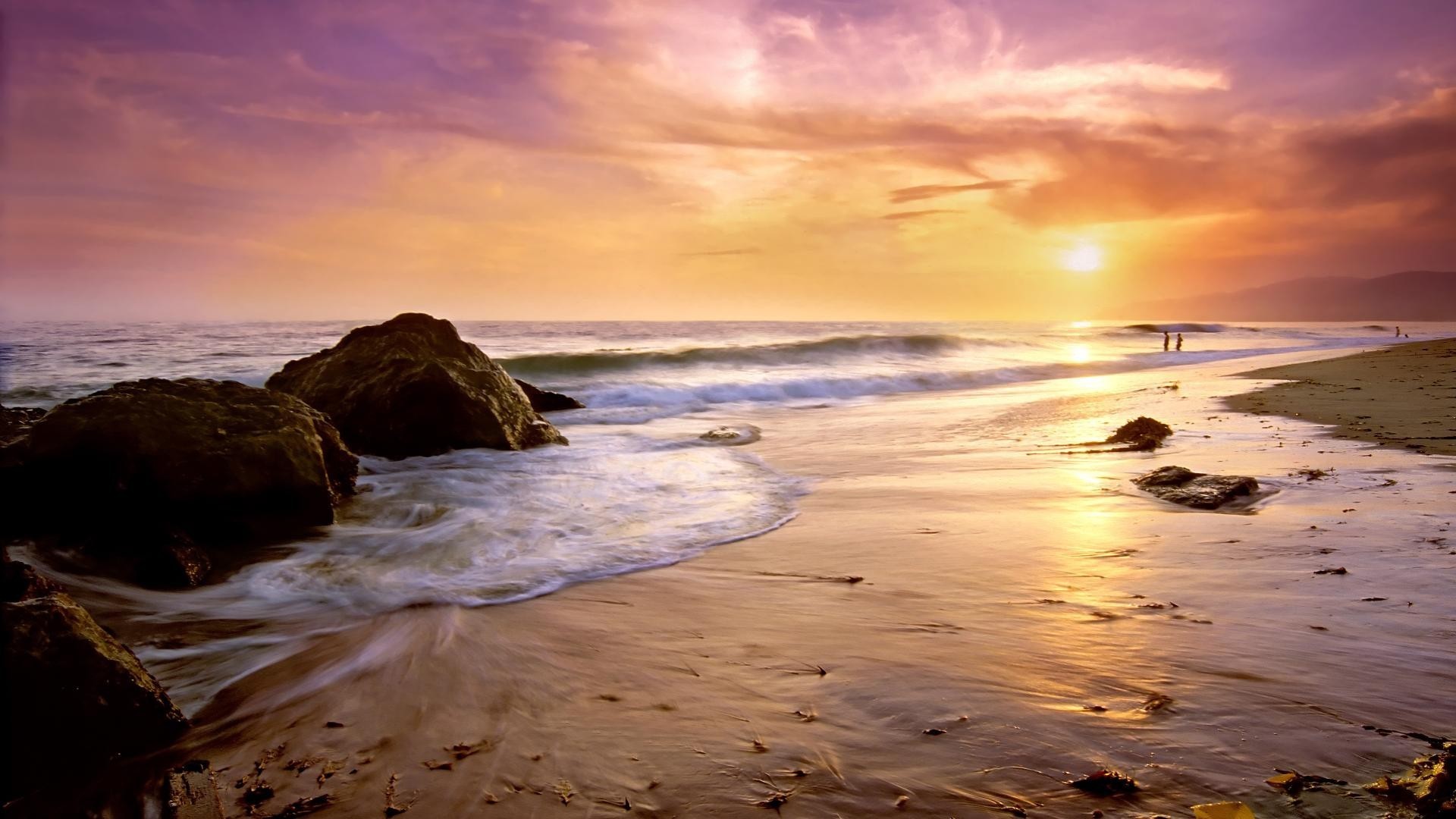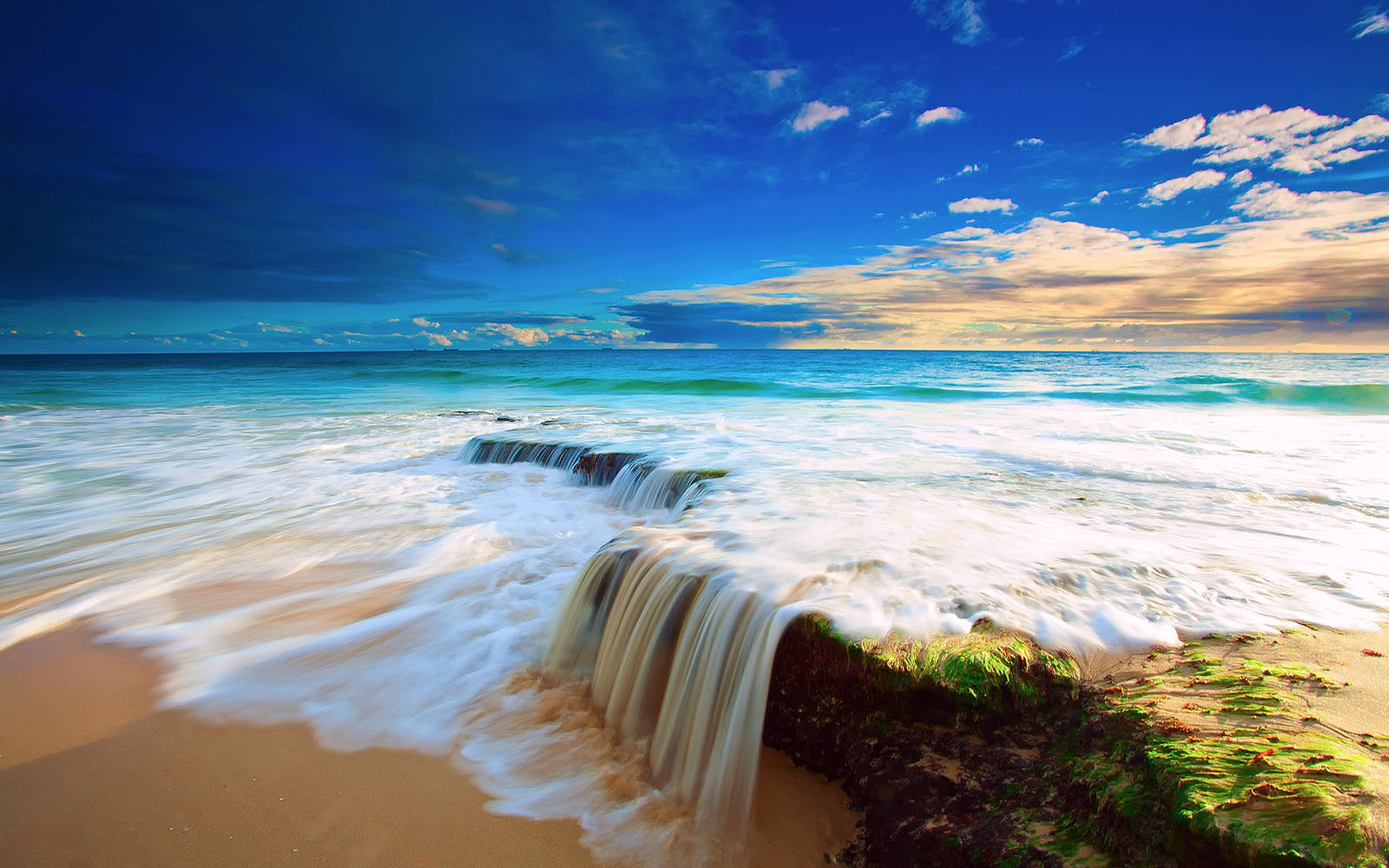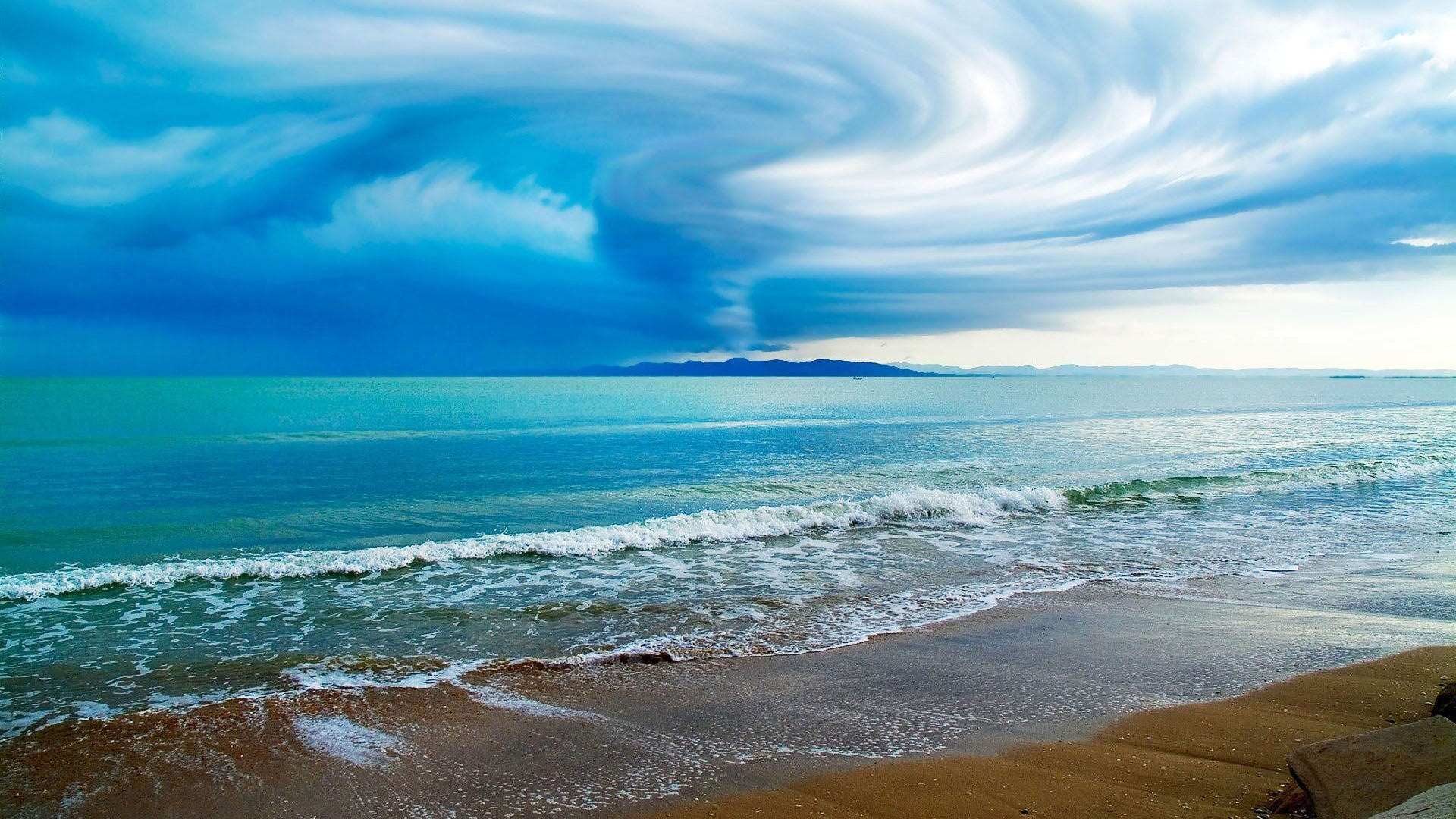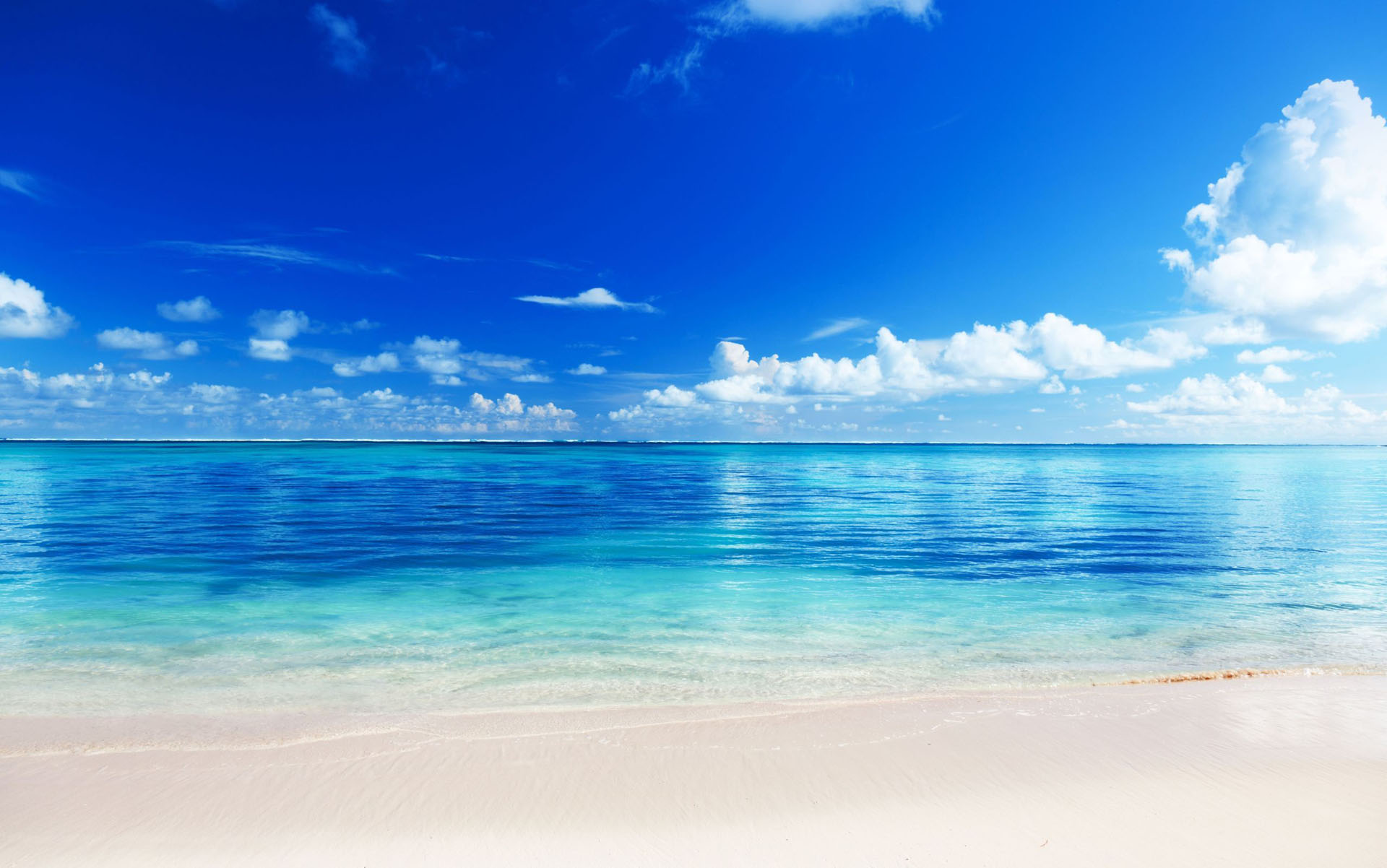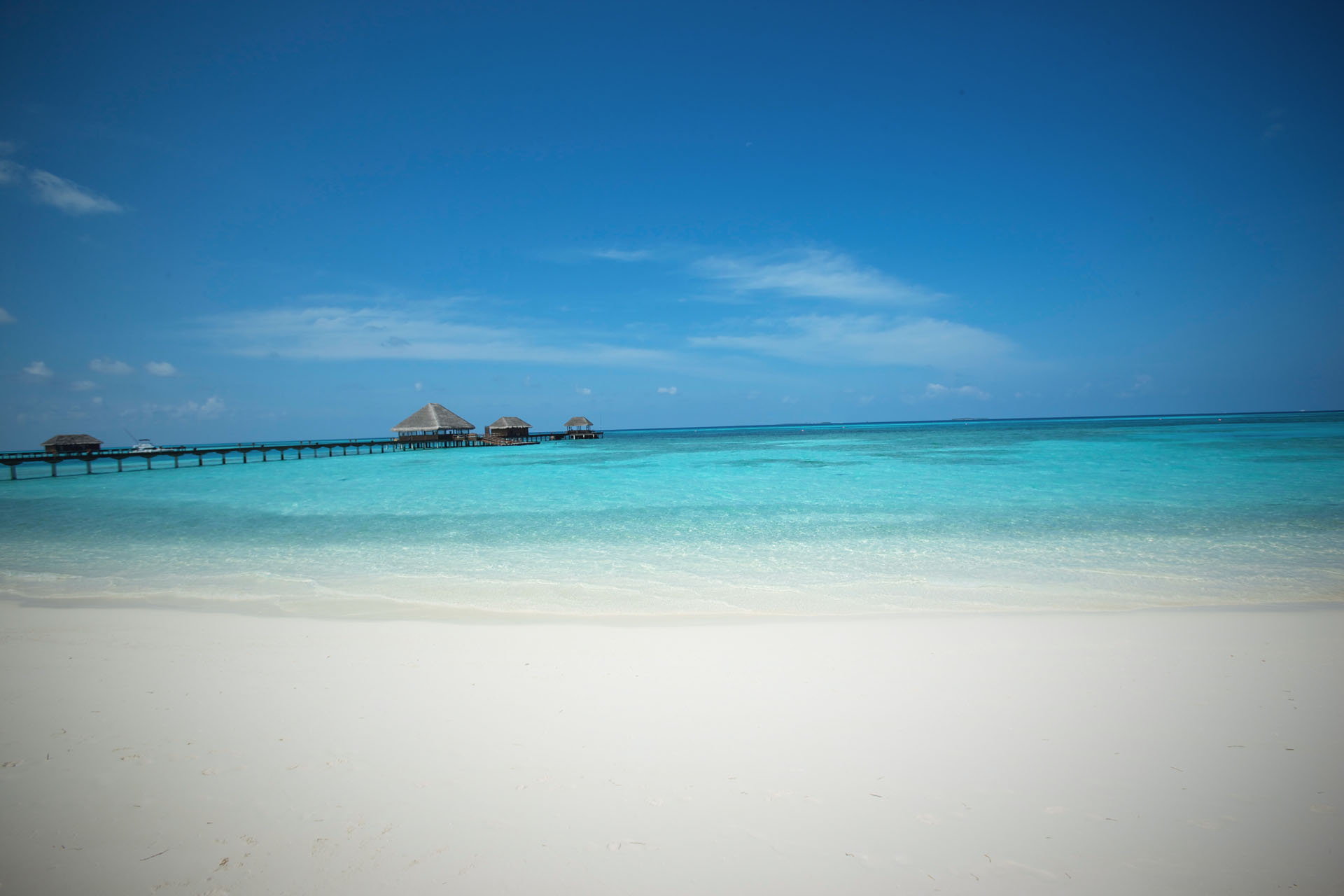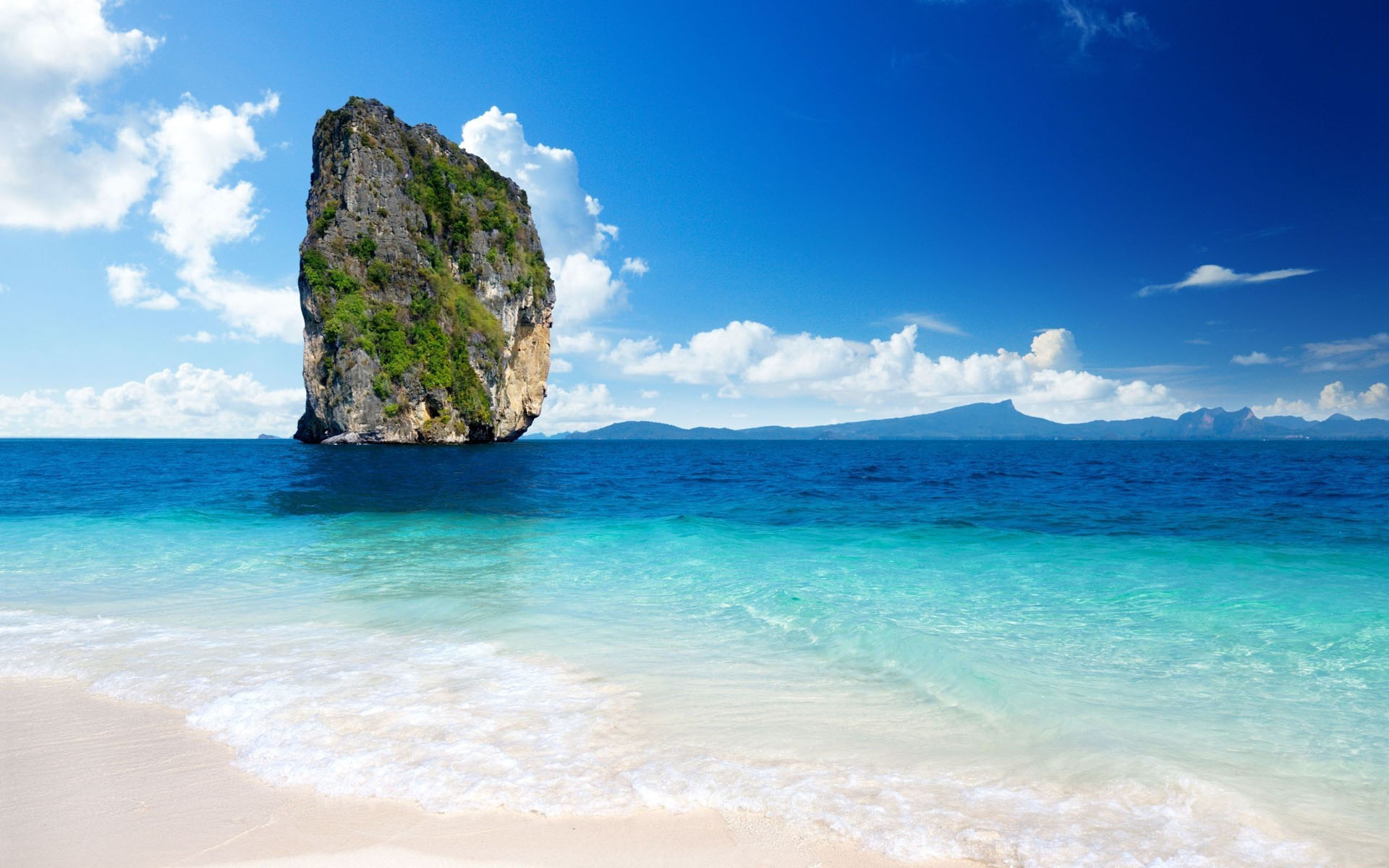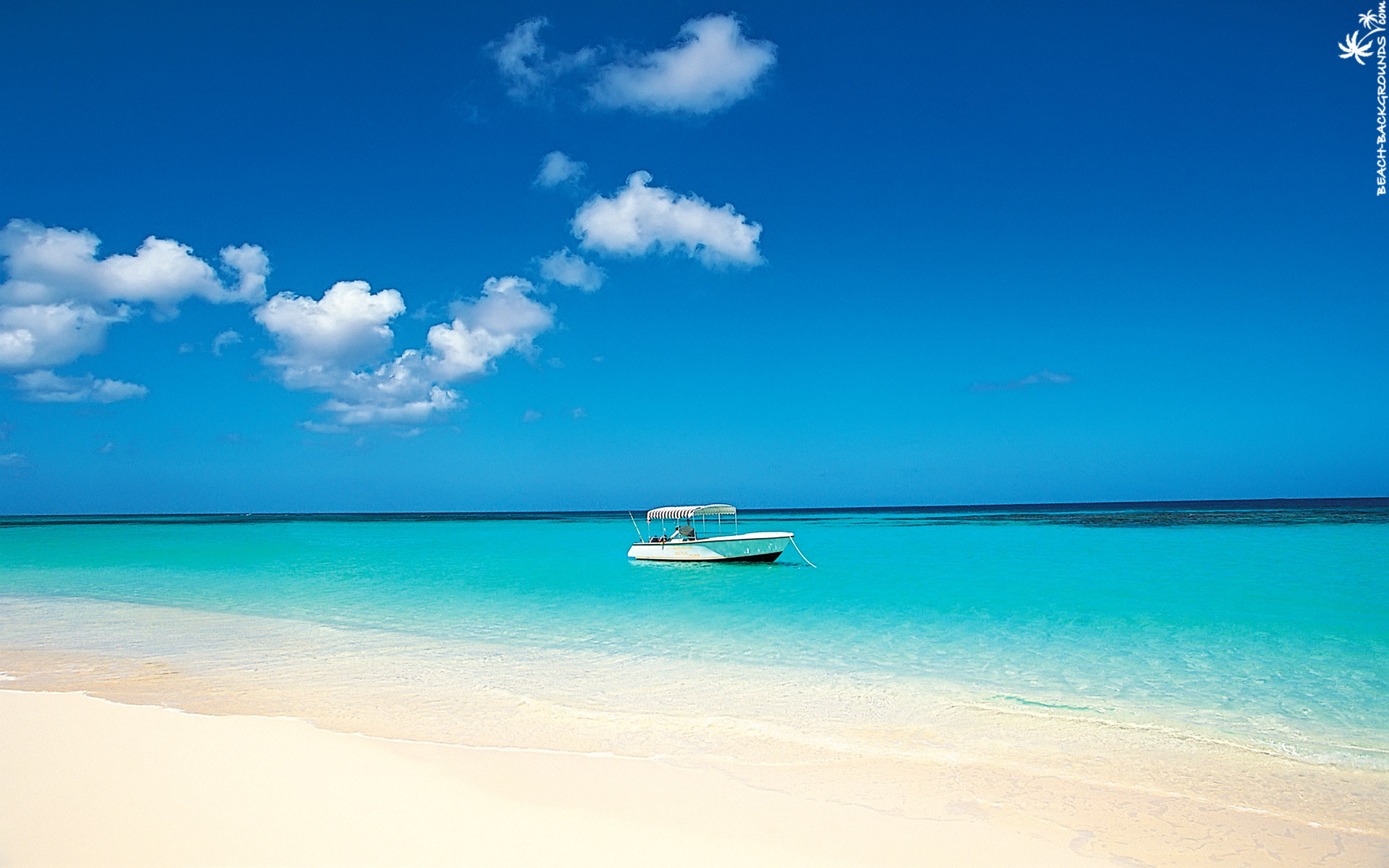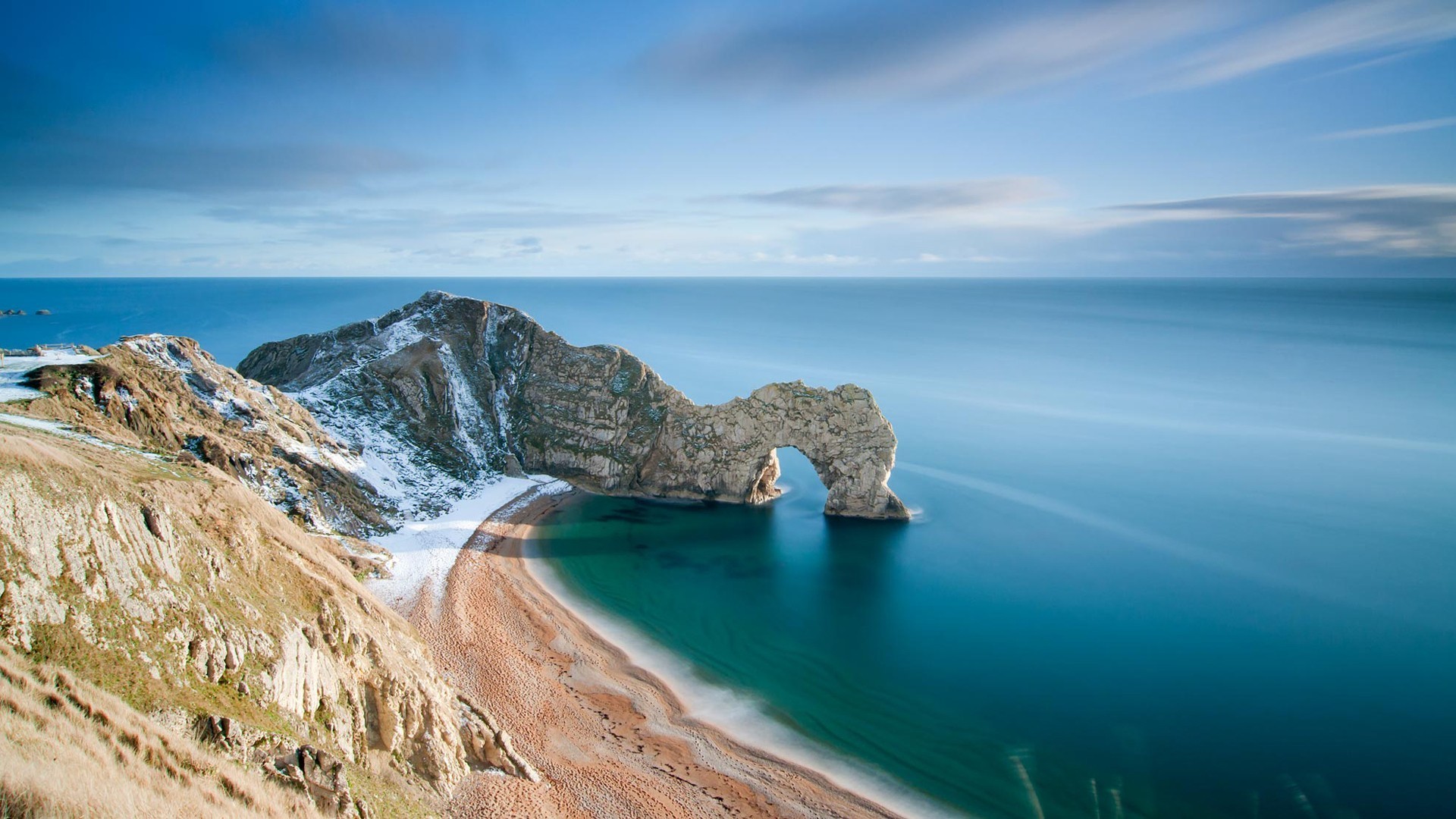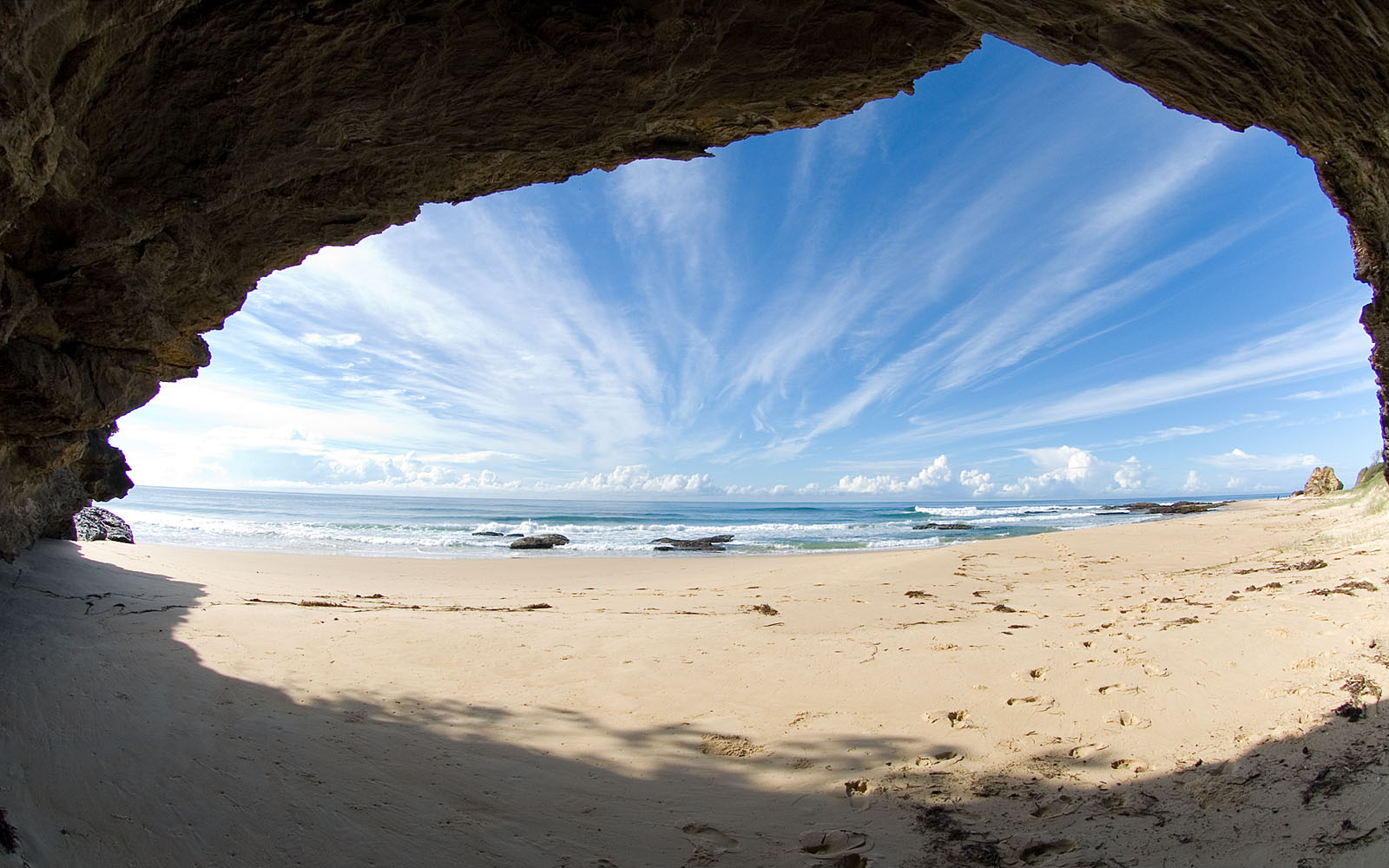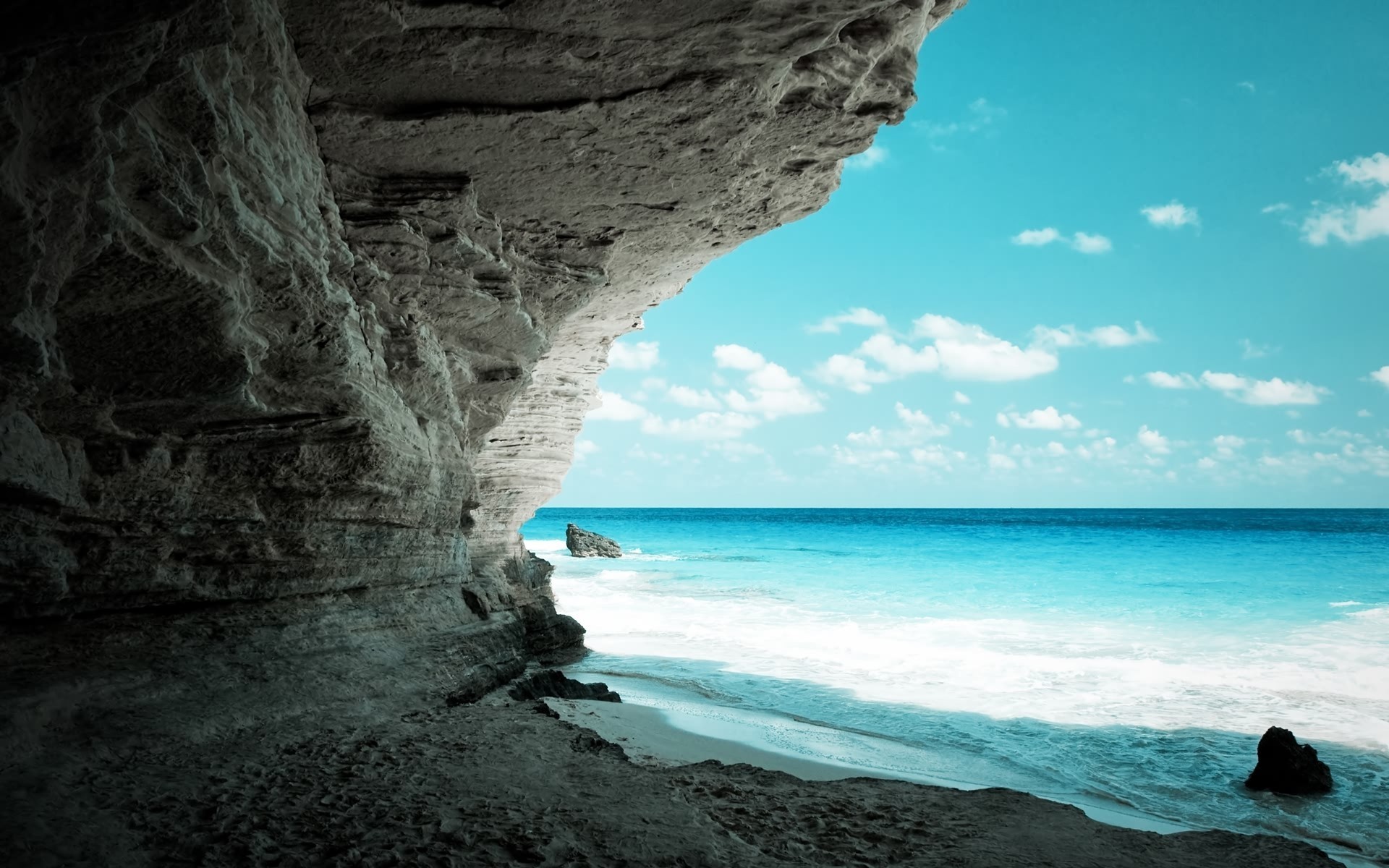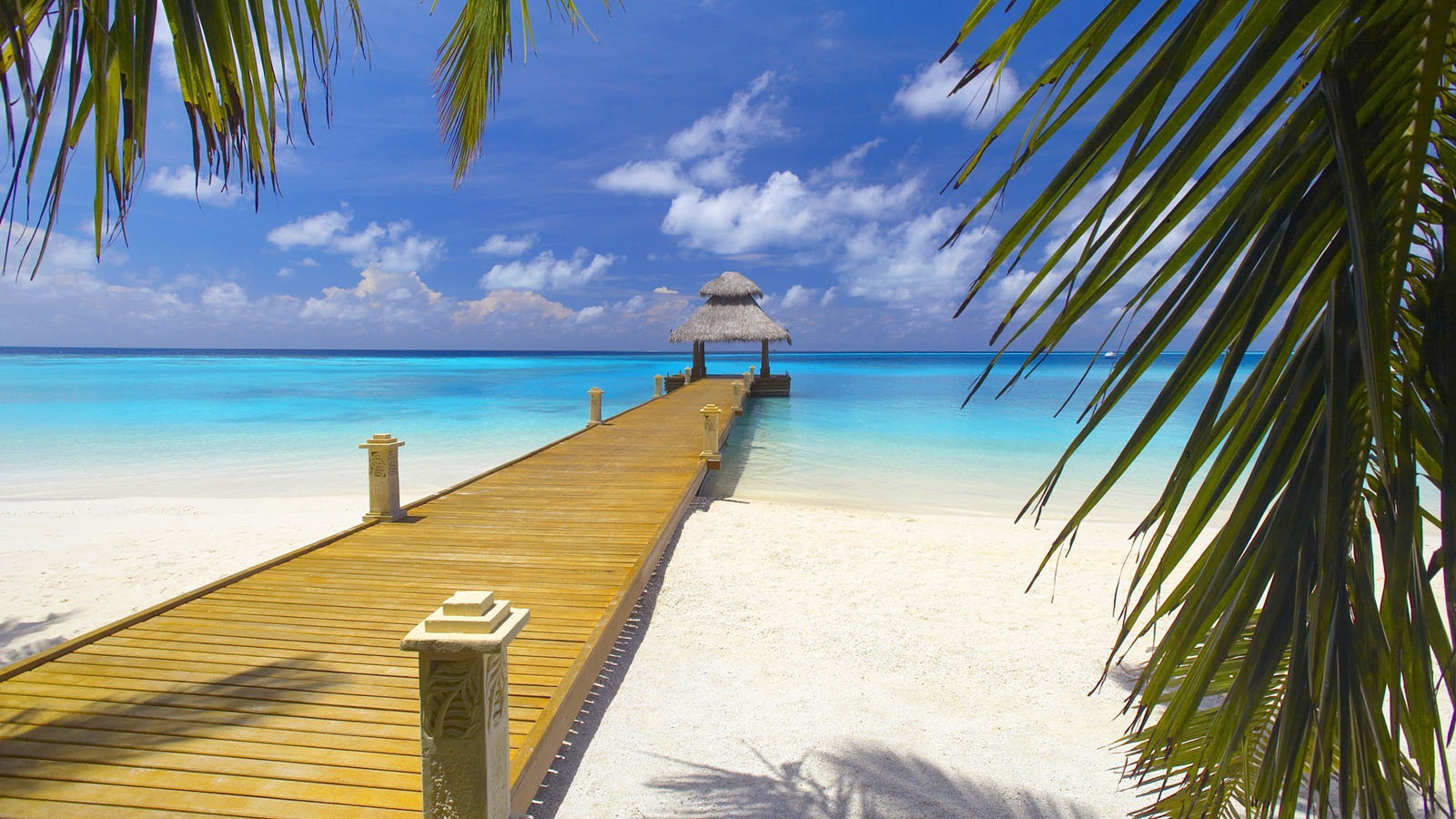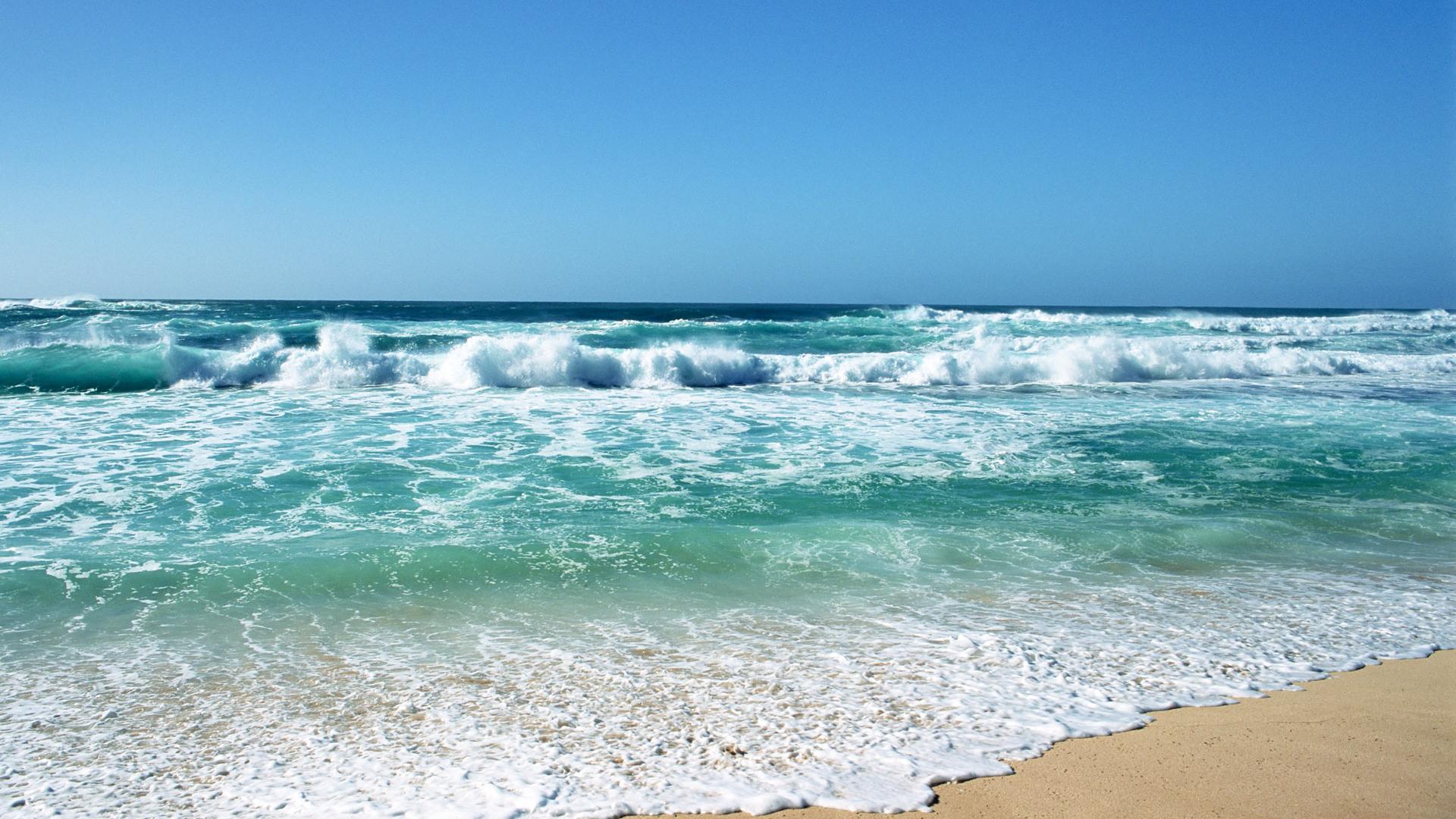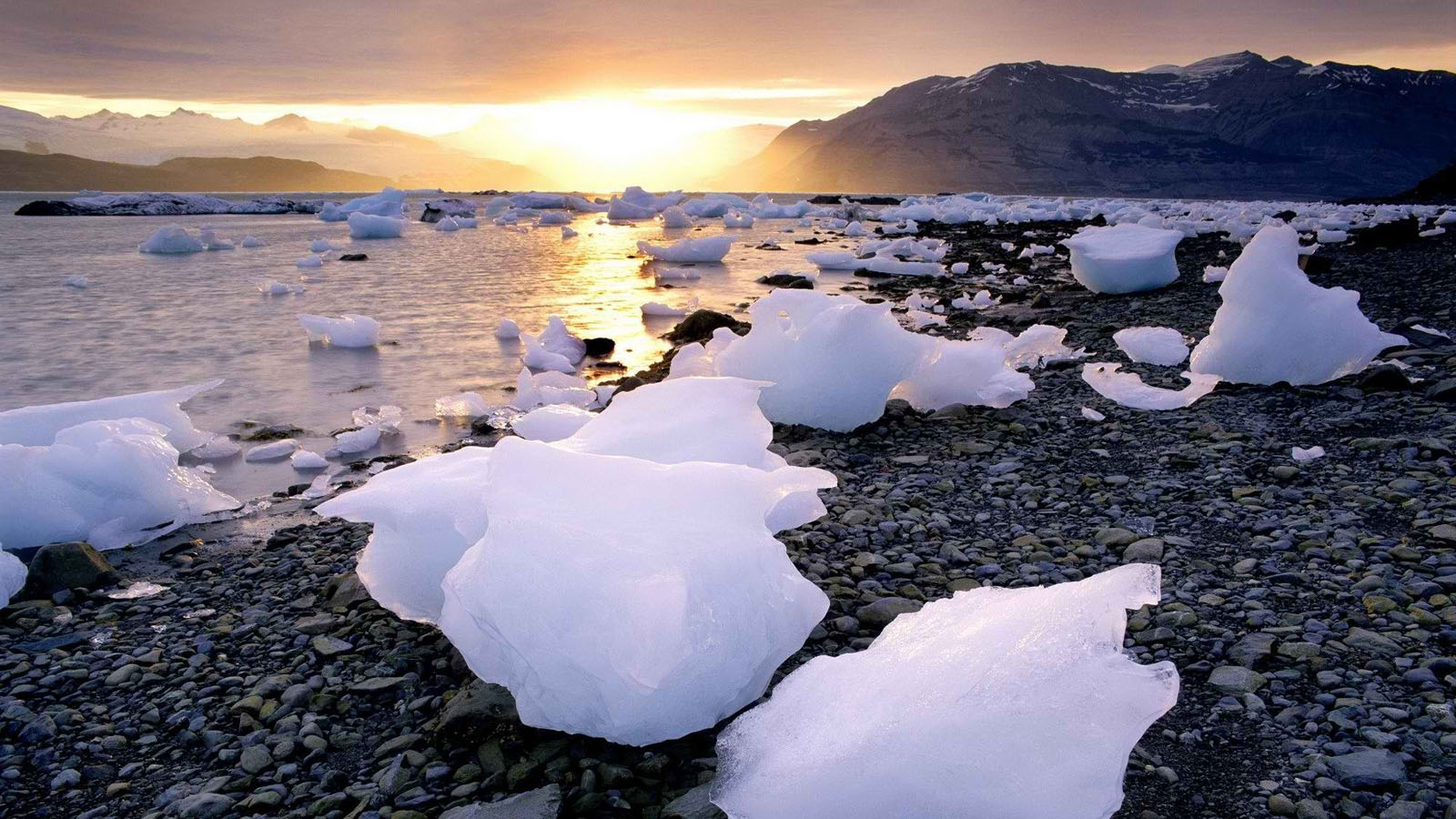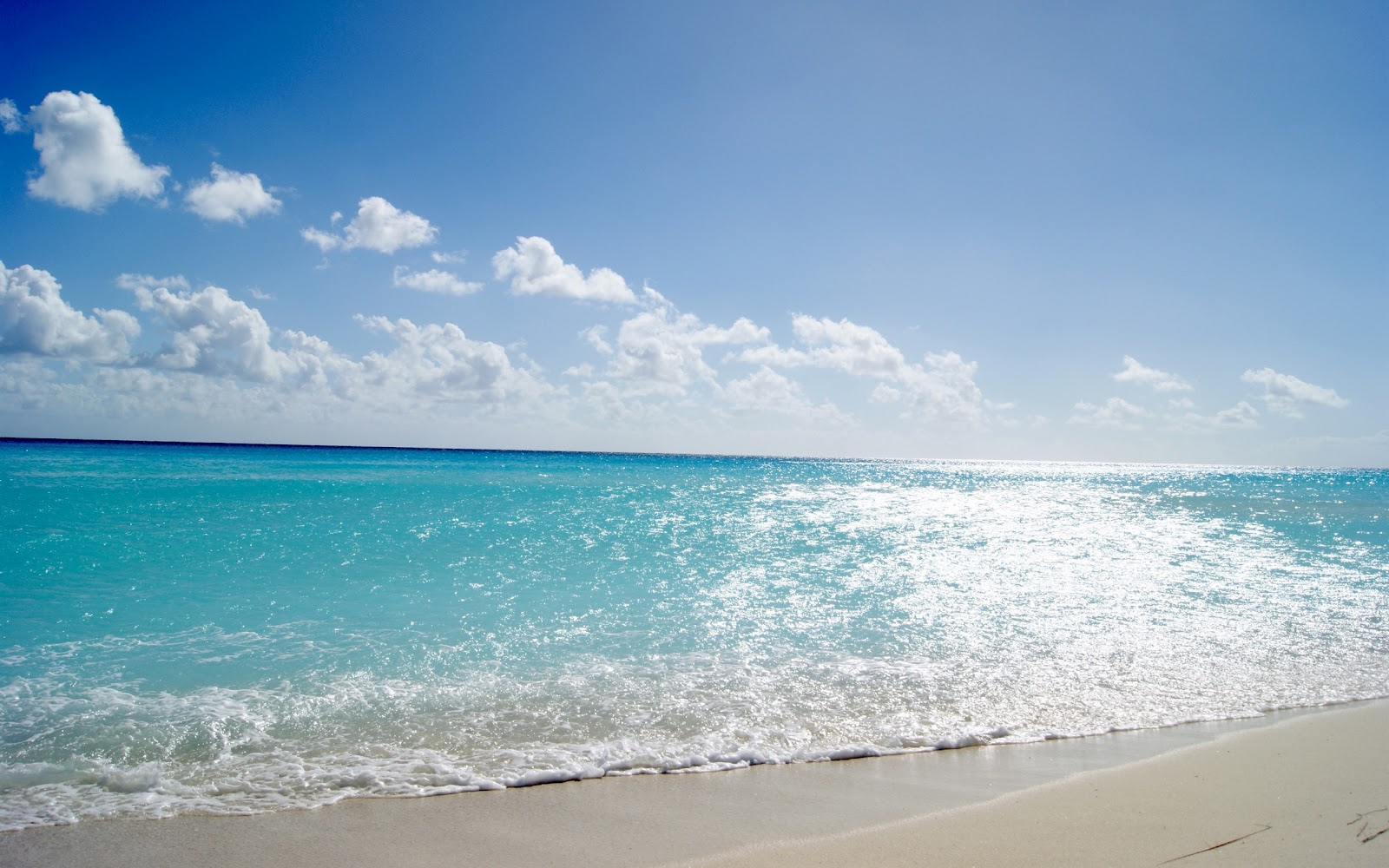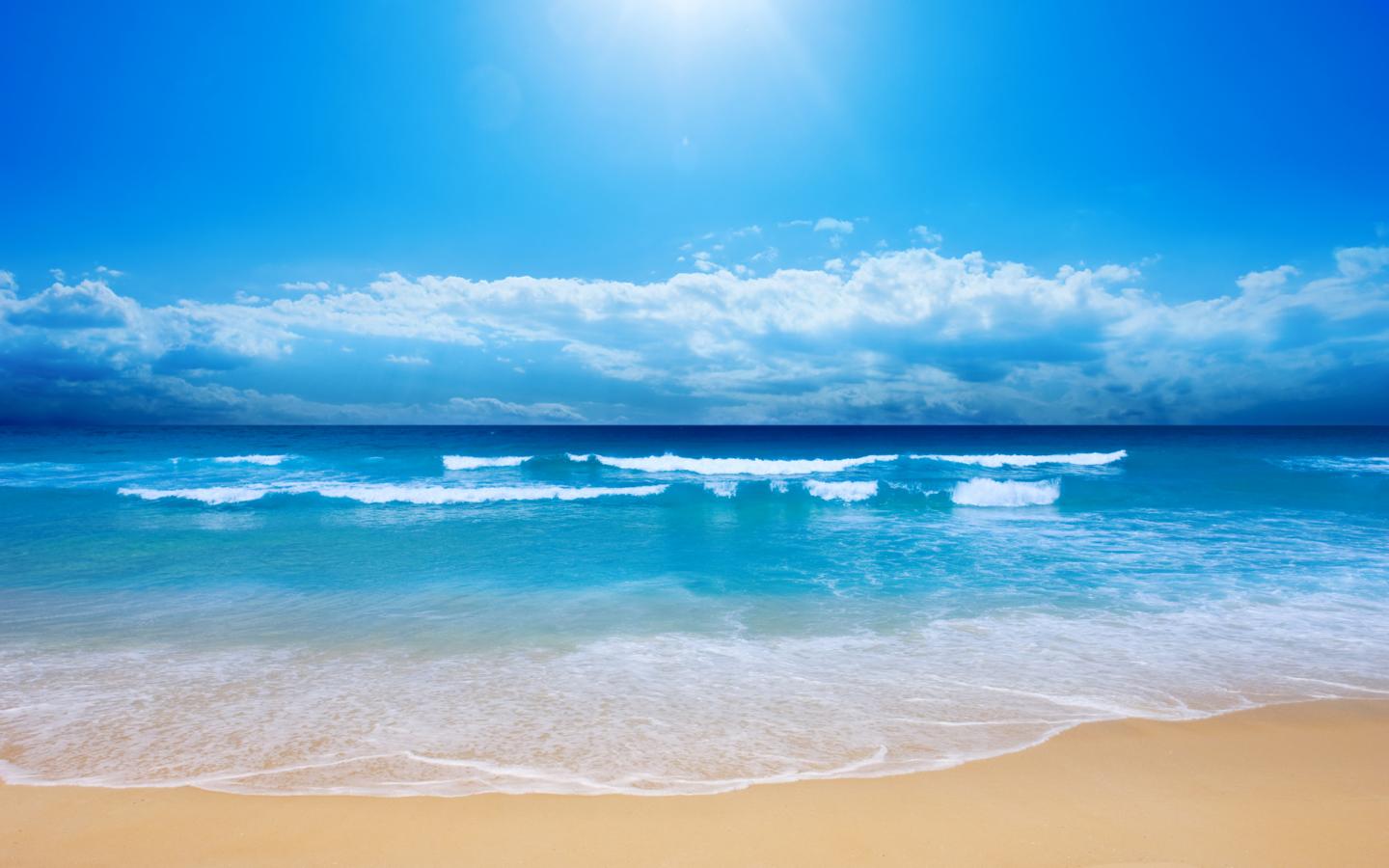35 Mind-Blowing Ocean Landscape Photography examples1
Oceans are often some of the most beautiful places. Unfortunately, they also represent challenges for both aspiring and experienced photographers. Beaches have unique light, interesting and varied forms, and great potential as backdrops for different types of photography including portraits. ocean landscapes, ocean photography, sea landscapes, sea photography, beach landscapes, beach photography
See all Photography, Wildlife Photography, Underwater Photography, Black and White Photography
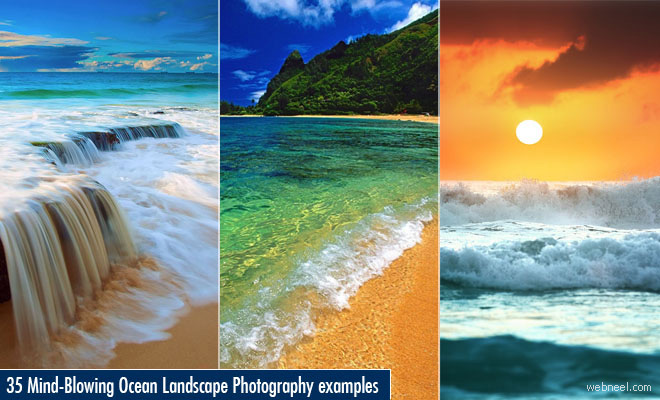
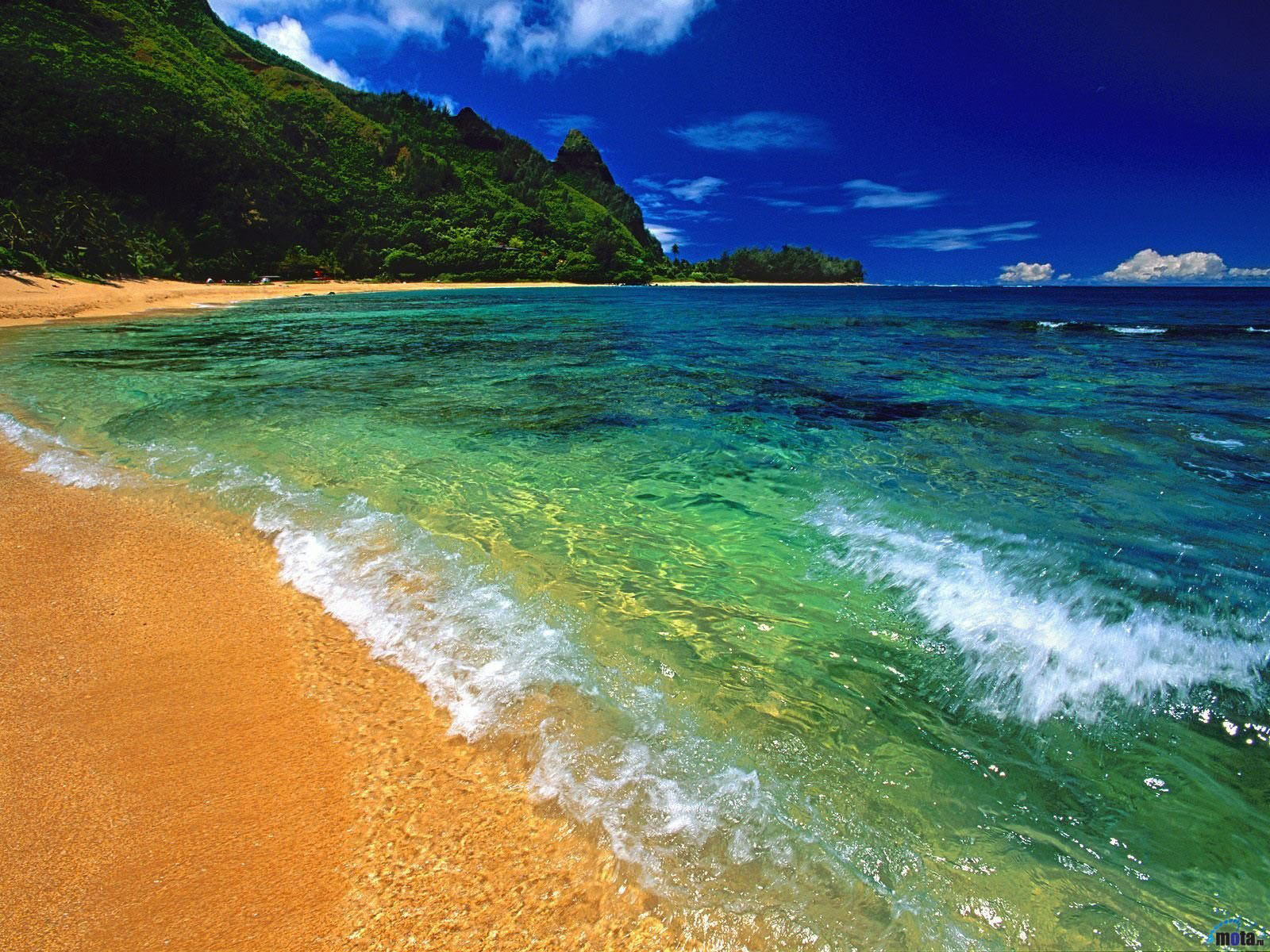
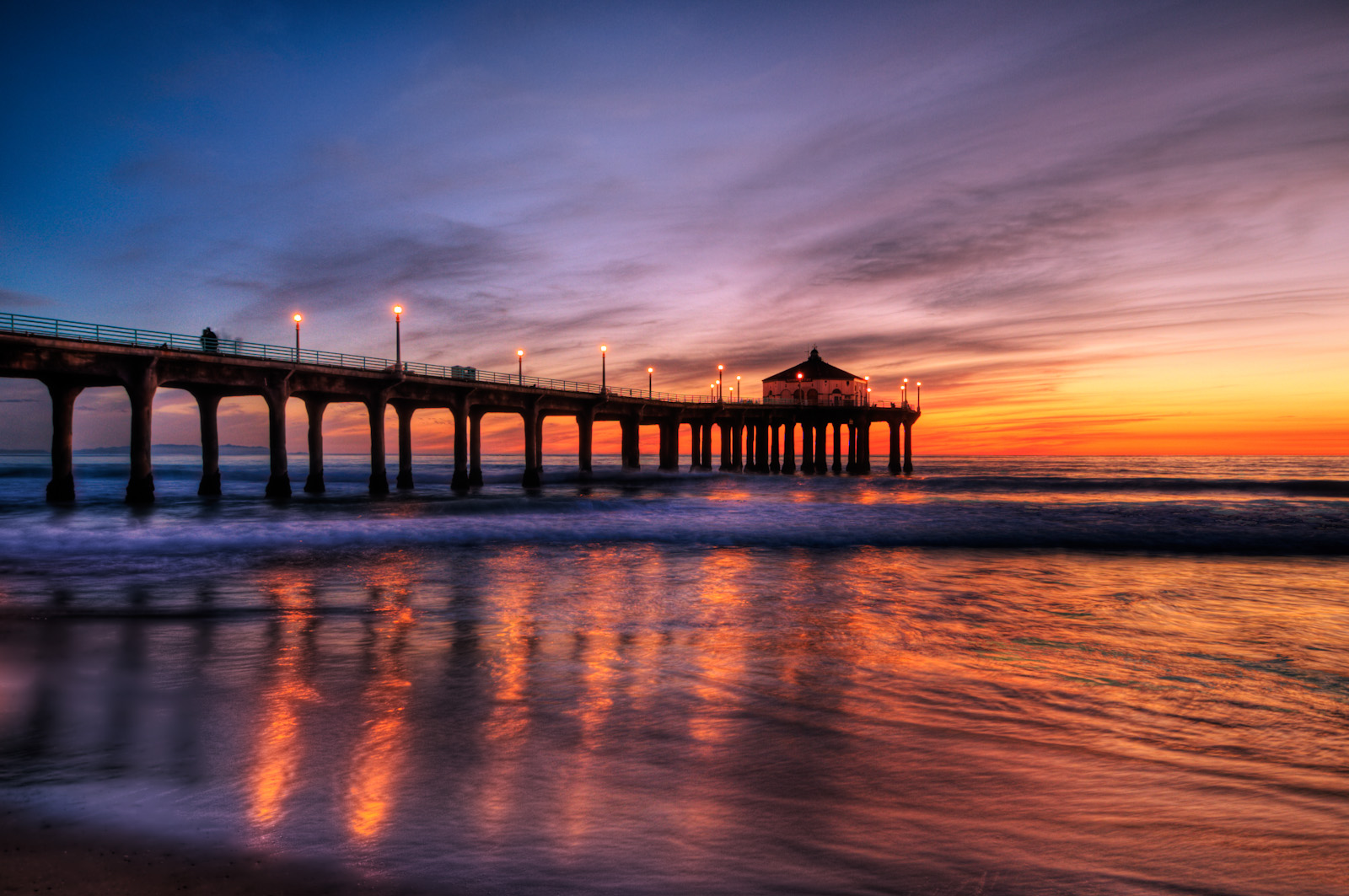
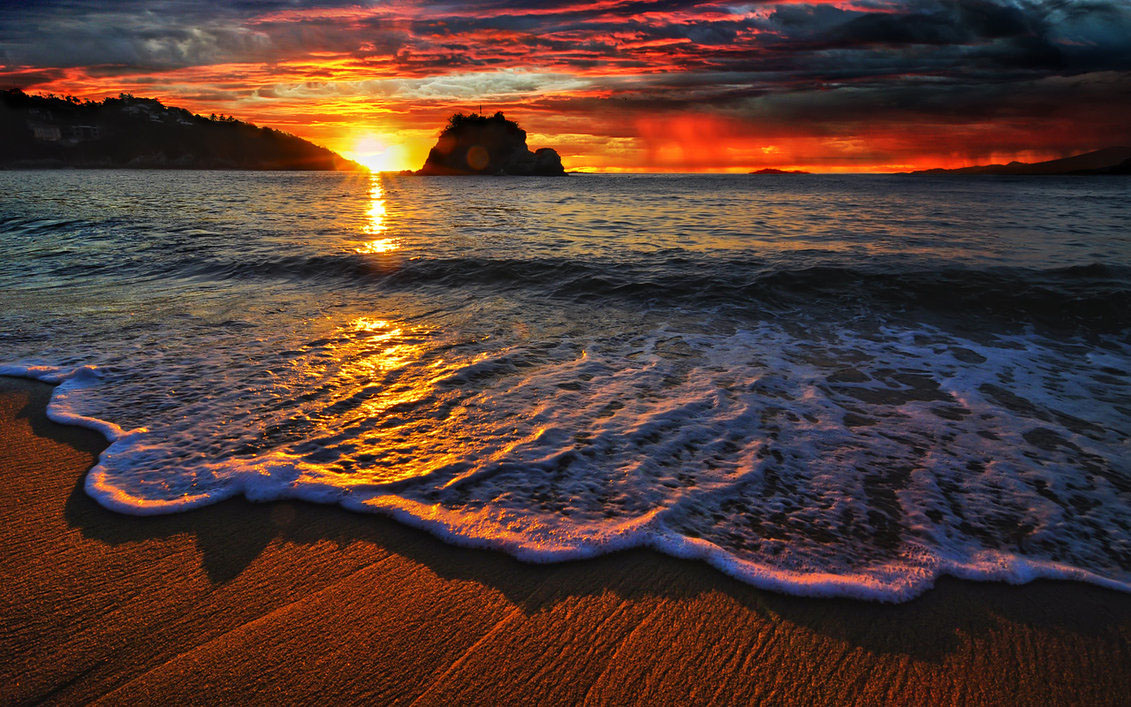
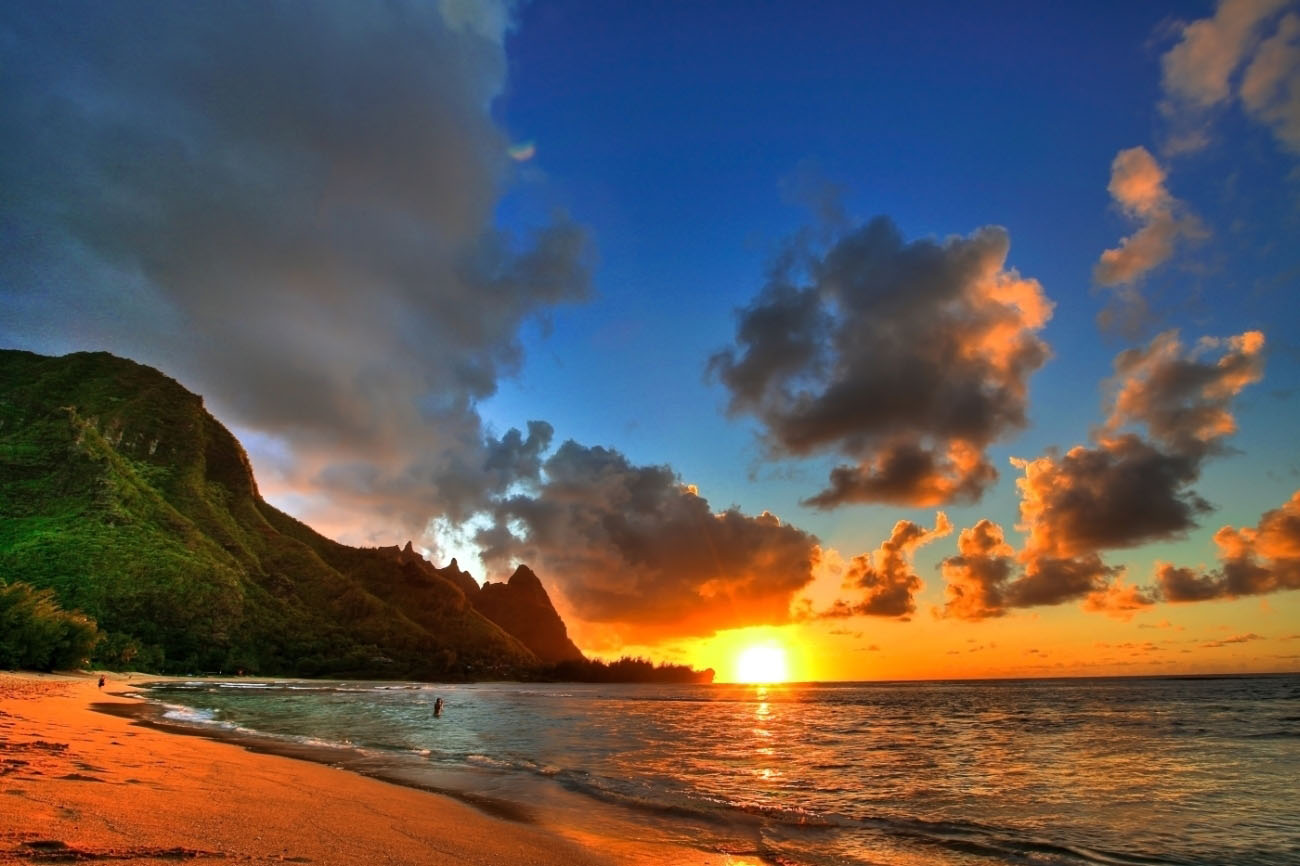
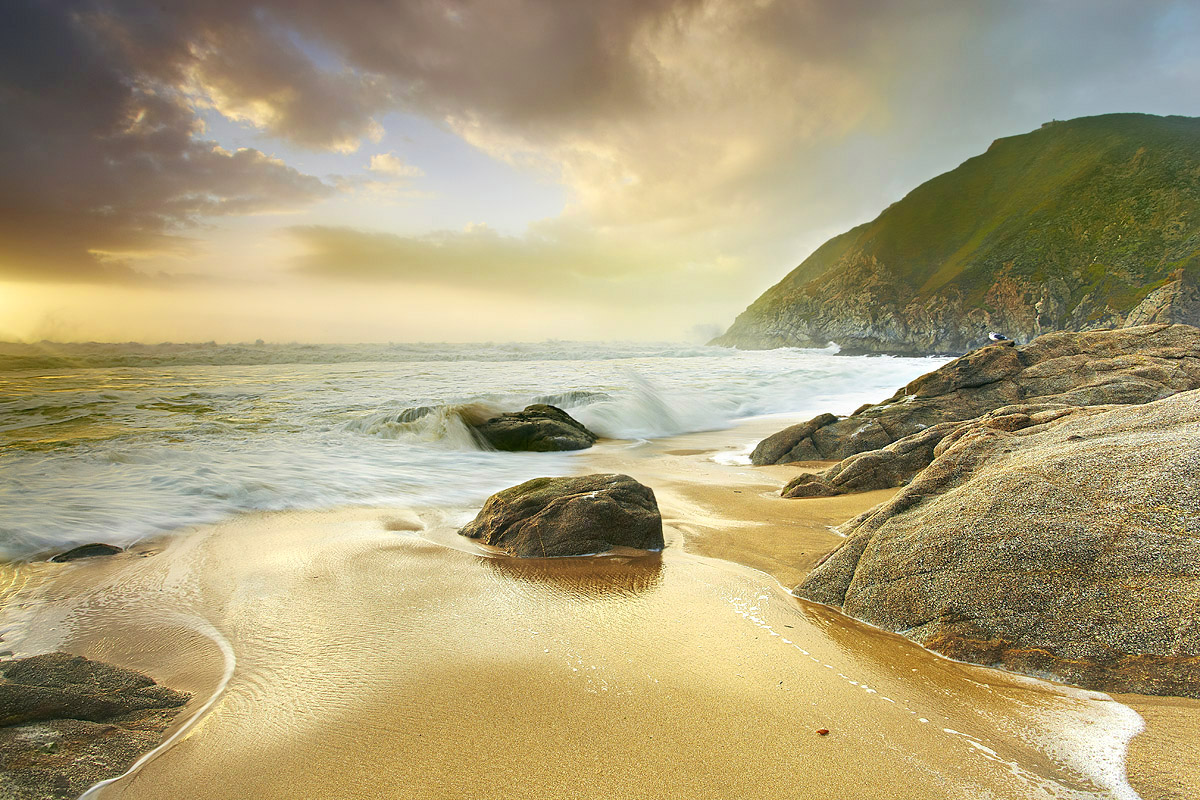
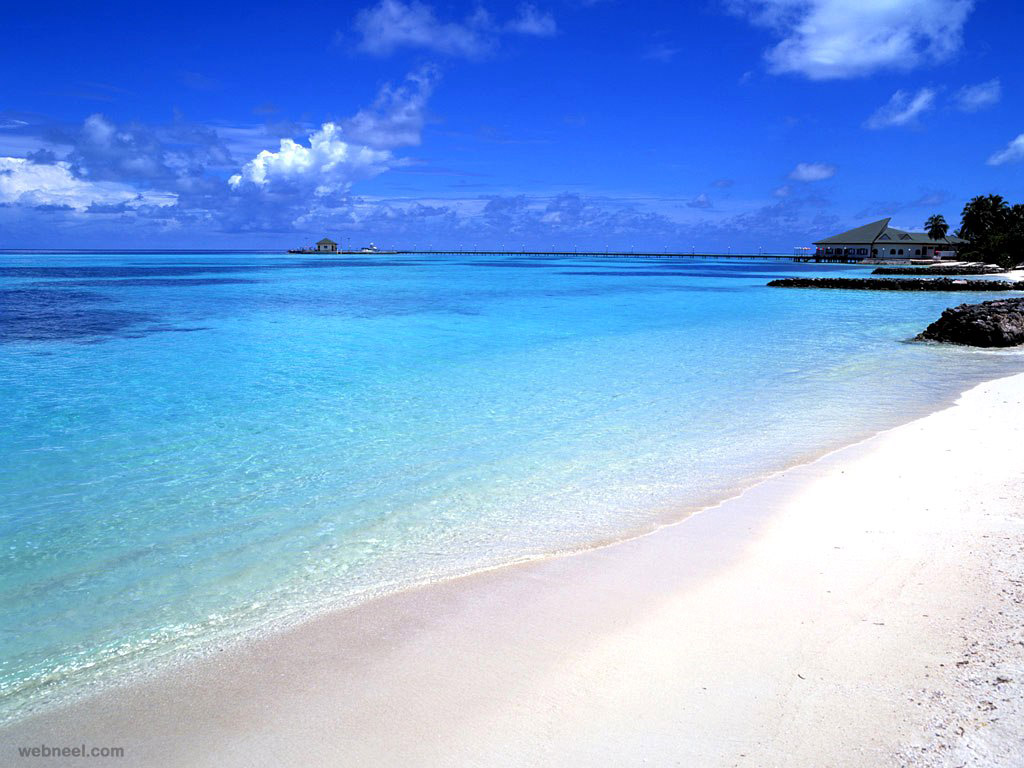
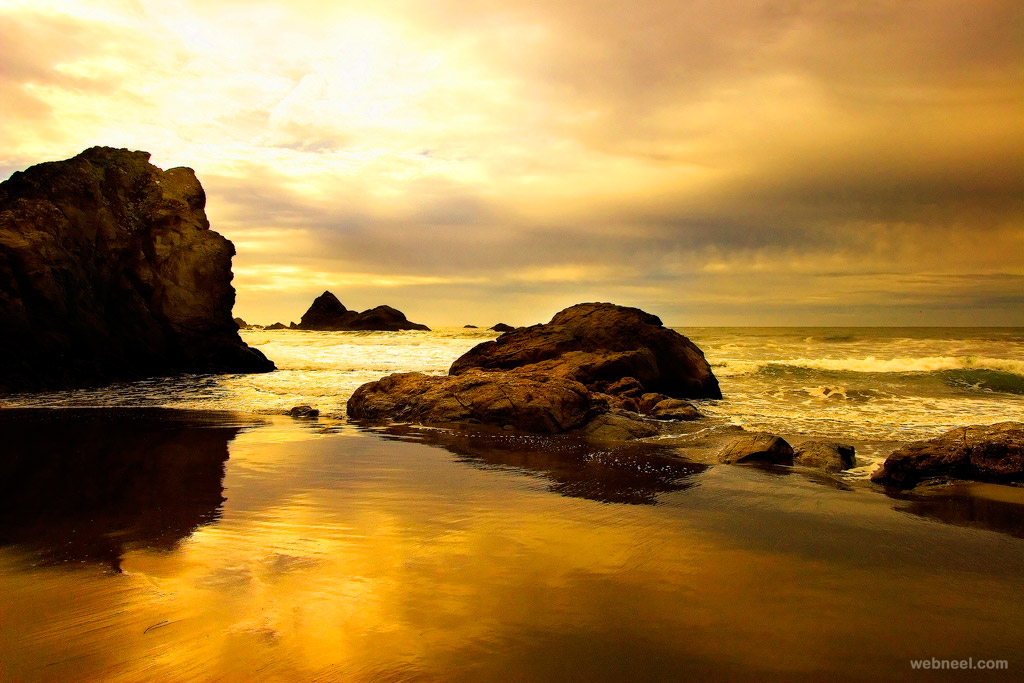
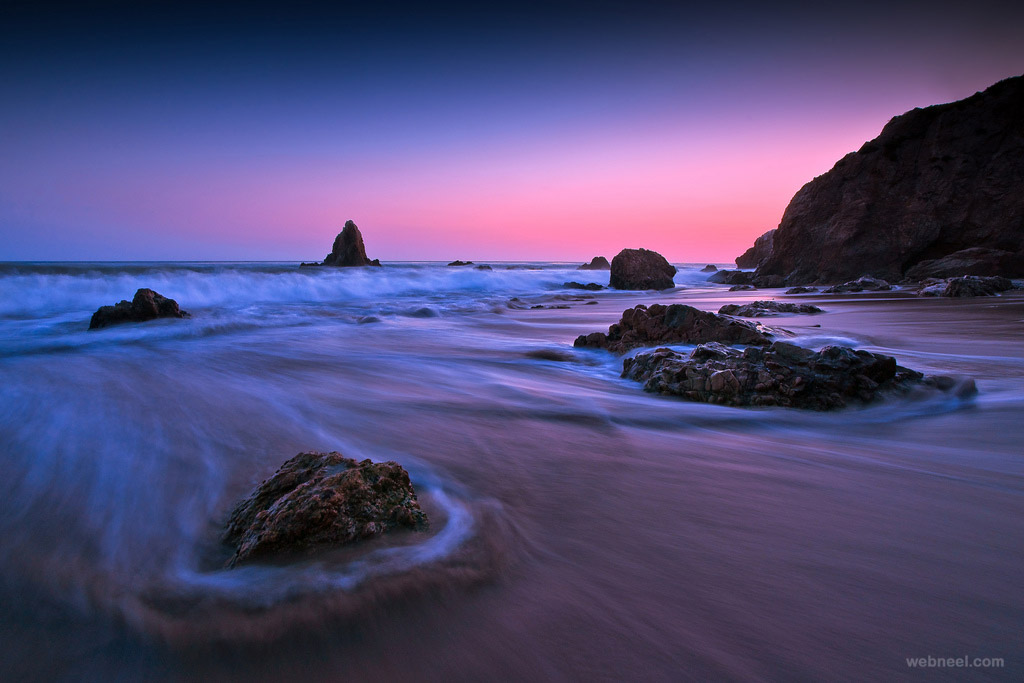
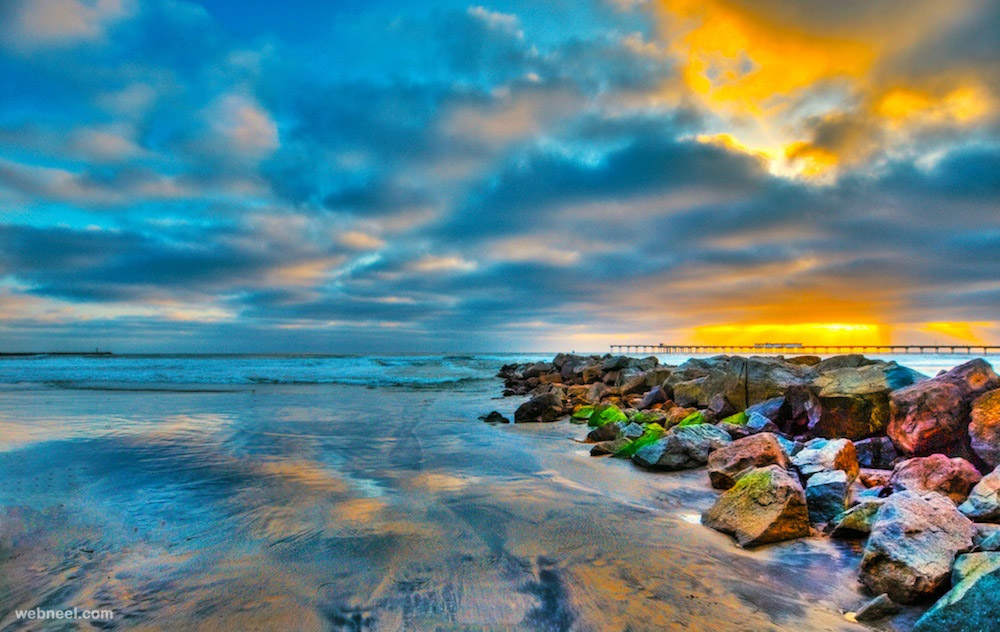
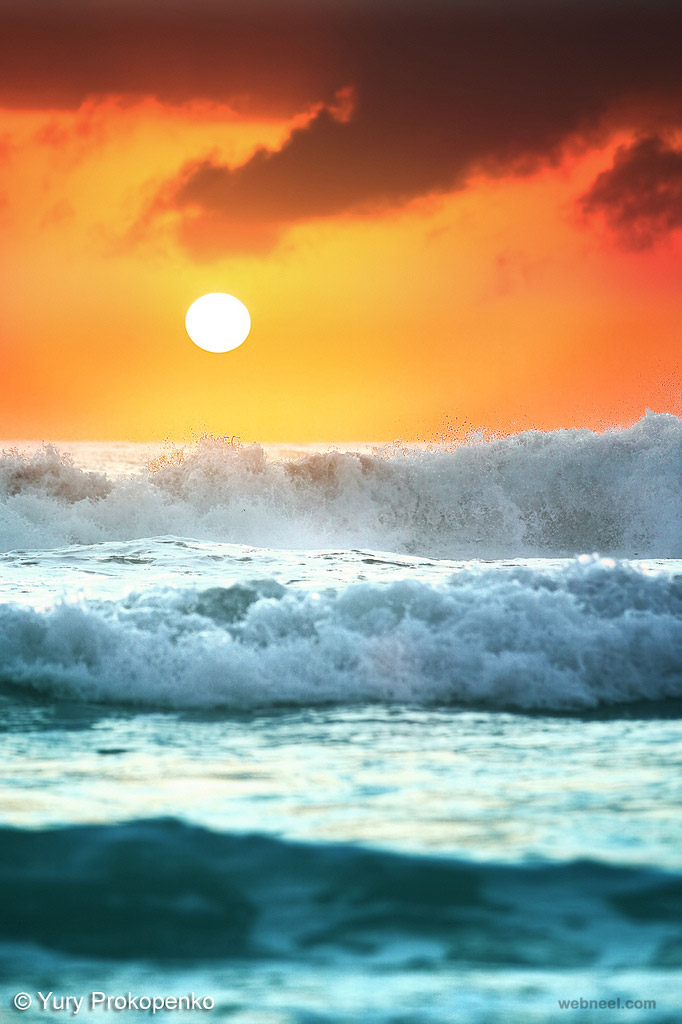
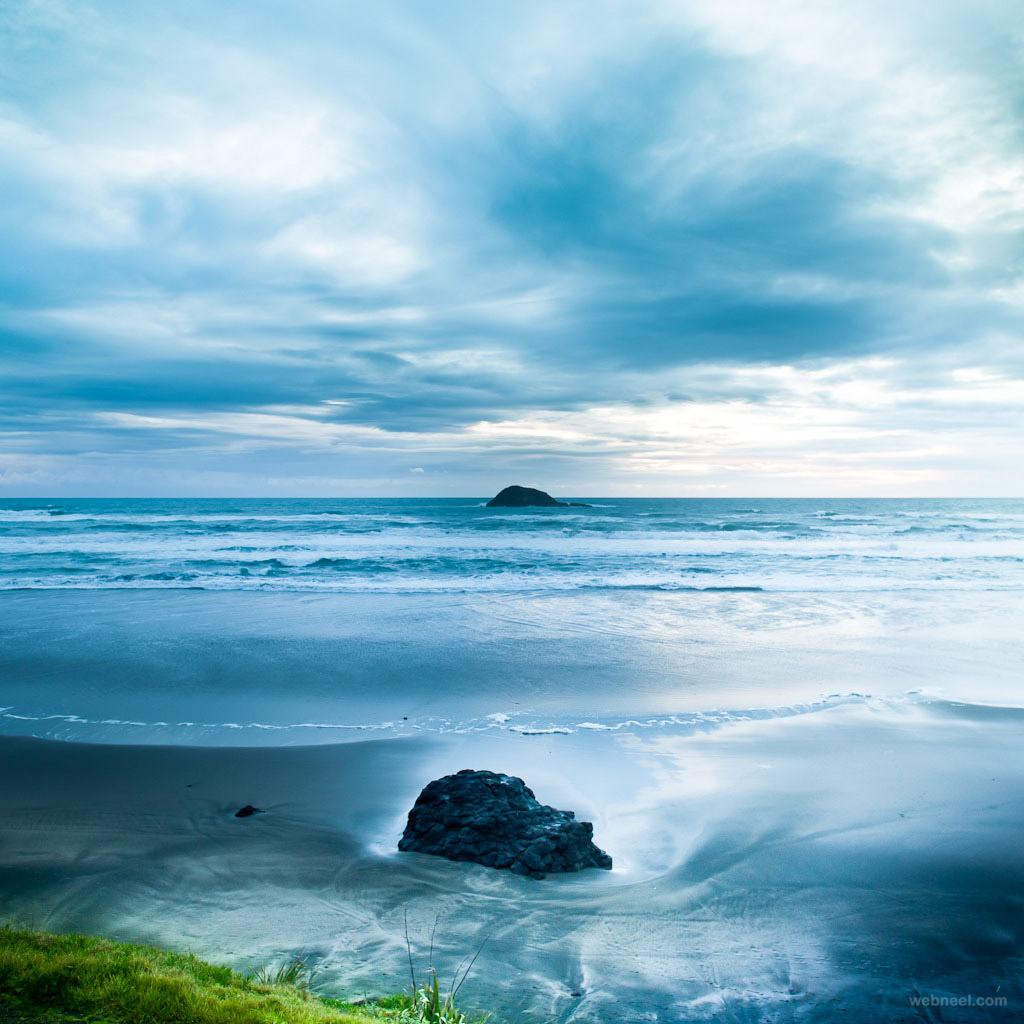
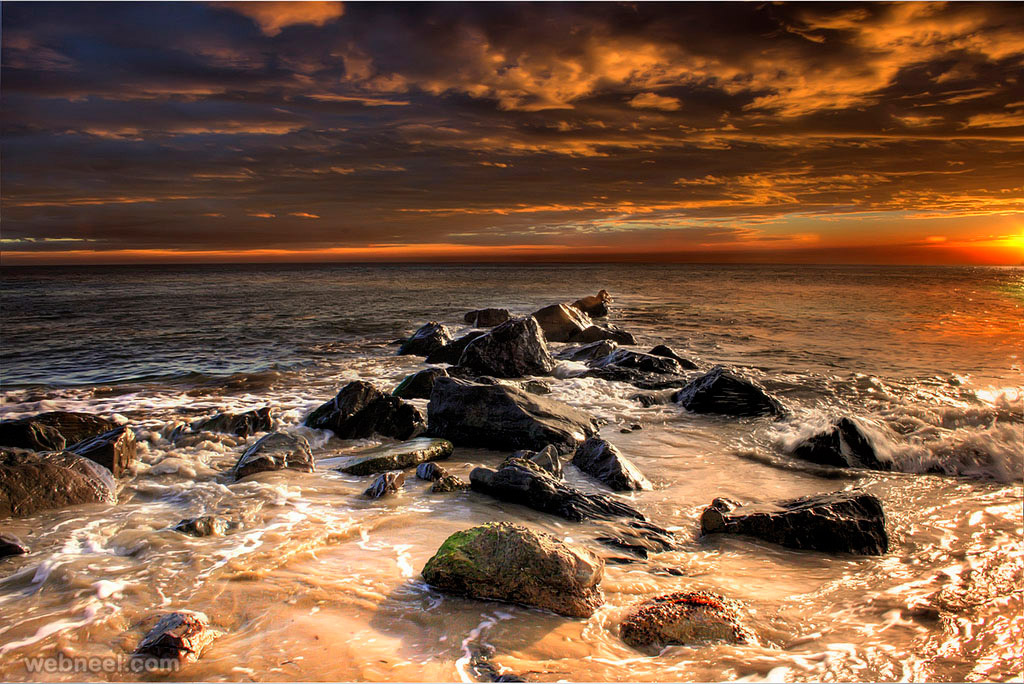
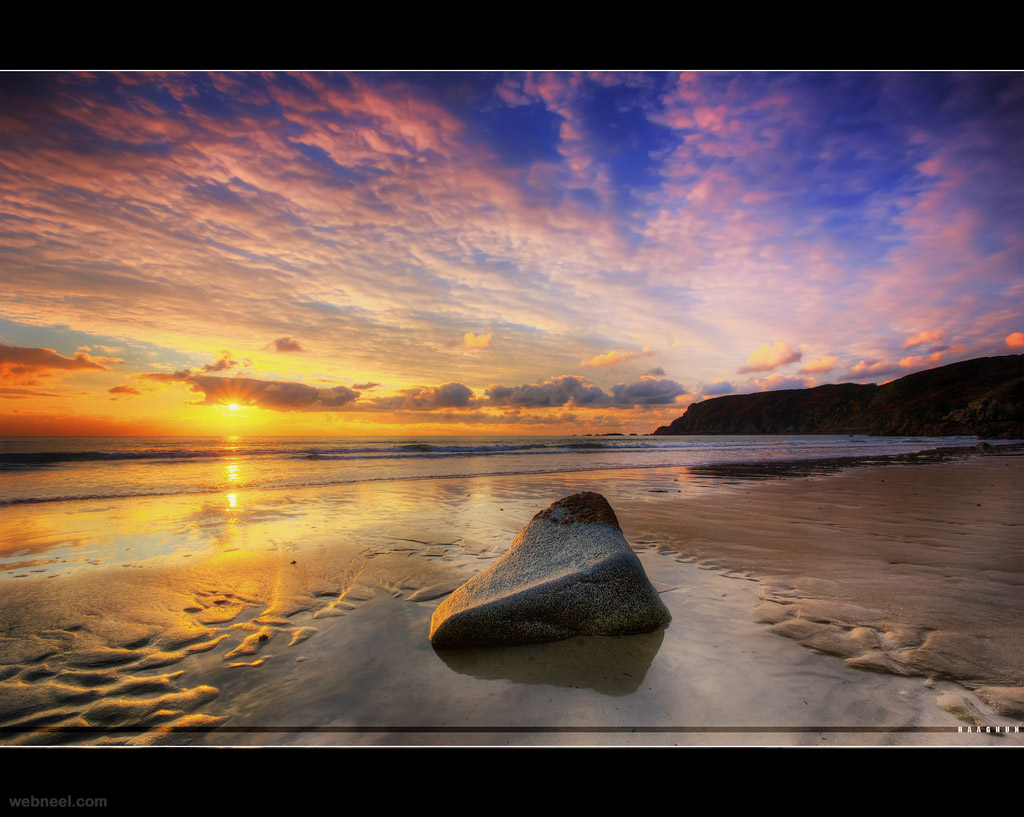
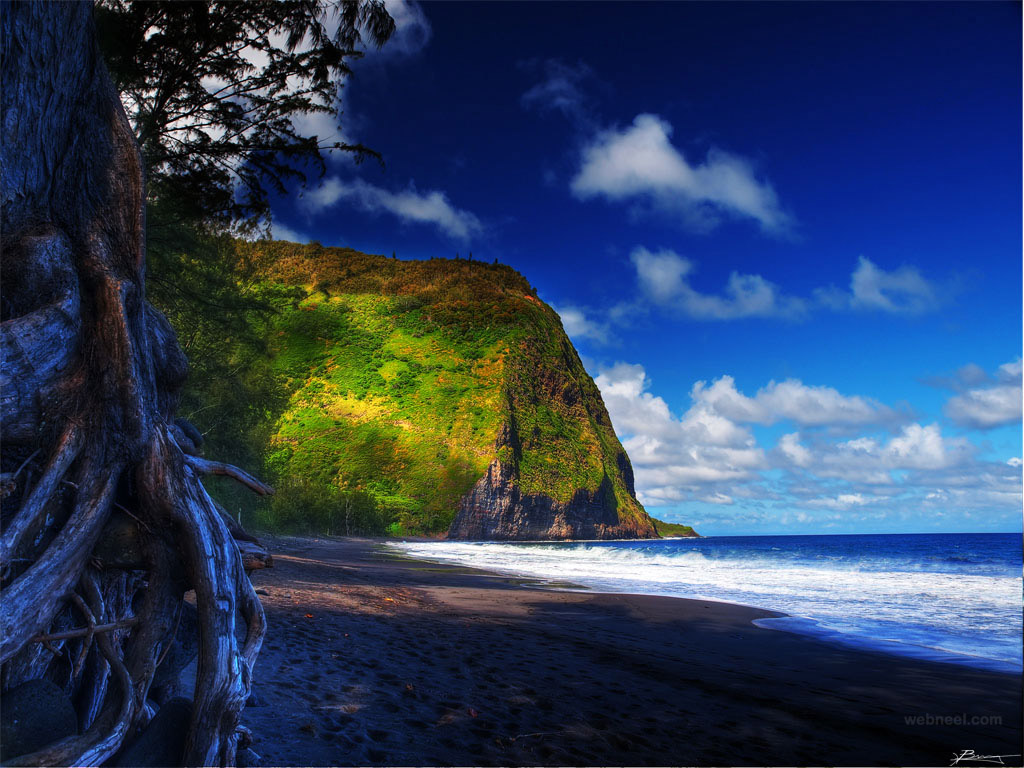
Here are a few tips for beach photography that will get you started on your way.
Protect your equipment: You won’t be able to take photographs of any subject with equipment that has been ruined by the sun, salt, water, and sand. Unfortunately, these are all available in generous supply on the beach—along with wind to ensure that they infiltrate every nook and cranny of your bag. Keep your bag zipped securely at all time and keep water-sensitive equipment in a water proof enclosure. Even a Ziploc will be better than nothing! When you using your camera, keep it secured to your body by a wrist or neck strap and covered. Never, ever put a camera down at the beach—not on a table or a towel and certainly never in the sand or water.
Try your wildlife photography skills: People often don’t think of beaches as places where wildlife lives, but there are many natural inhabitants here. Tide pools are full of interesting critters waiting to be captured with your camera and the right polarizing filter. Birds skip over the waves and act as pirates to picnics and hot dog roasts. Unsupervised children run in the sand and the waves (don’t they qualify?). All around you are living things, so don’t think you are limited to waves.
Select a focal point: Many beach and ocean photographs focus on the immense feeling of a beach, but many of these make the fatal error or neglecting to have a concrete subject. The result is a flat and boring photo. Look for patterns in the sand, natural objects such as rocks and debris, and manmade items including huts, sand castles, and boats. Water is in good supply on most beaches, so you can also focus on the streams and pools that are formed by the changing waves and tides.
Aim for a well balanced photograph: It is not unusual to see what might have been a great beach photograph ruined by a lack of good technique. Your horizon will be obvious in most beach photographs, so keep it straight unless you are going for a special effect and give special attention to the rule of thirds. A horizon that is off center or tilted, or one that cuts the photograph in half, can be distracting. Similarly, use leading lines to draw the eye to the subject you are focusing on. There are actually many lines on beaches, from waves to sand patterns to seaweed and debris left on the beach.
Choose your time of day with care: The most common time of day for beach photography is midday, when direct overhead light creates squinting and unfriendly shadows. The reflection at midday is usually too bright for any water shots, and the glaring sand seems to dominate any photo. The answer? Shoot in the early morning or evening. Most beaches will have either a sunrise or sunset on the water (depending on your coast), which can offer beautiful reflections and soft, colorful light to emphasize any object to its best advantage.
Bring accessories: Because you will want a fast speed to capture waves, critters, and anything else that moves, a tripod is an absolute necessity. UV filters can help to reduce the general glare that water and sand can produce with even a minimal amount of sun. You also should bring a polarizing filter, particularly if you plan to shoot the water itself. A spot meter might be a good idea, as it will allow you to properly select light settings in a place where they can vary from meter to meter.
Choose unconventional times: On sunny days (when photography is the most challenging) the beaches are full of people. However, overcast days are the ones when the ocean’s character truly comes out. Tall dark waves, swirling clouds, long shadows, and windswept sand all create dramatic photographs that show the immensity and danger of the ocean.
Use flash to balance light: Flash is often not flattering, but at the beach it can be almost mandatory due to the large amount of direct light. This light creates unpleasant and unwanted shadows. Luckily, fill flash reduces these unattractive effects to almost nil. You may have to force the flash due to the high amount of light, but it is almost always necessary in daytime shots. Experiment with different settings—you’ll find that fill flash almost always creates a more pleasant effect than you would have without it.
Try black and white: While we think of vivid colors at the beach—light golden sand, deep blue sky, and waves of varying colors—black and white beach photos can be attractive and inject the atmosphere with personality and mood. This also can create attractive pictures in instances where the light or the color was just a little off. Beach photographs rarely feel anything but sunny and bright, which will make your photos feel all the more different and artistic.
Look for portrait opportunities: People are uniquely relaxed at the beach, so why not use this as an opportunity to take an informal portrait? Whether children playing in the sand or adults relaxing in the sunshine, there are a variety of portrait opportunities here. Best of all, a variety of interesting and varied backgrounds are right there waiting to be used. If you are photographing early or late in the day, gentle diffused light will show your portrait subjects to their best advantage.
Shooting at the beach presents certain challenges, but it also can be an opportunity. The ocean is vast and eternal, with a variety of moods that change from day to day. Regardless of the type of photograph you want to take, you are sure to find the right opportunity here if you only look hard enough.
See all Photography, Wildlife Photography, Underwater Photography, Black and White Photography

